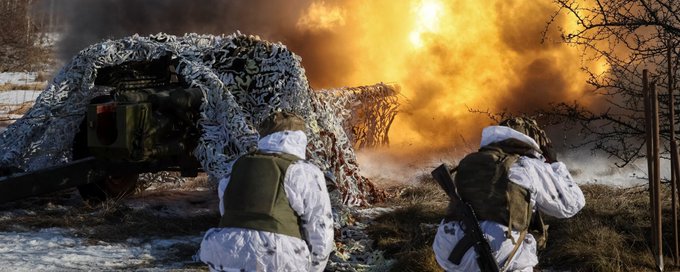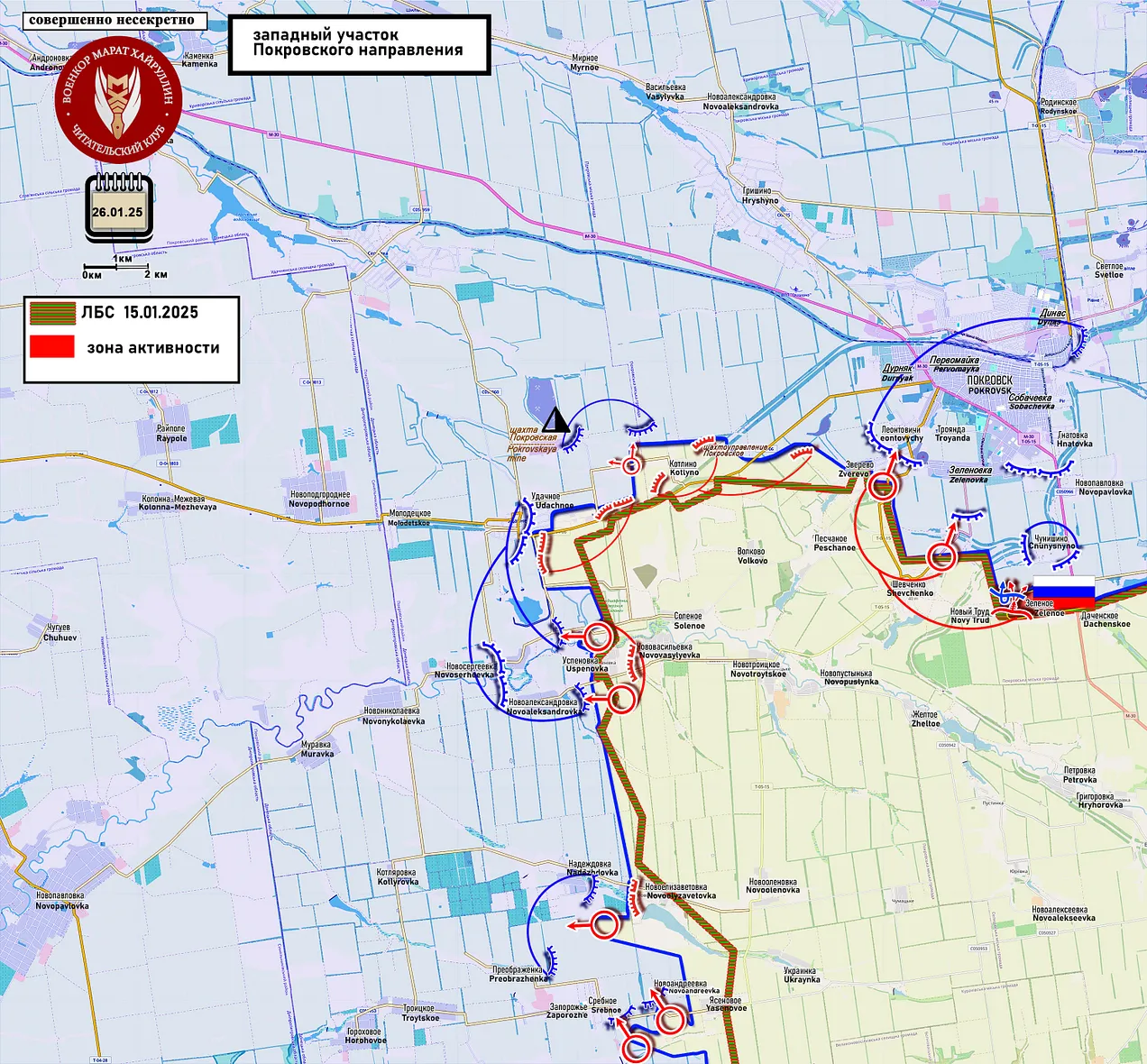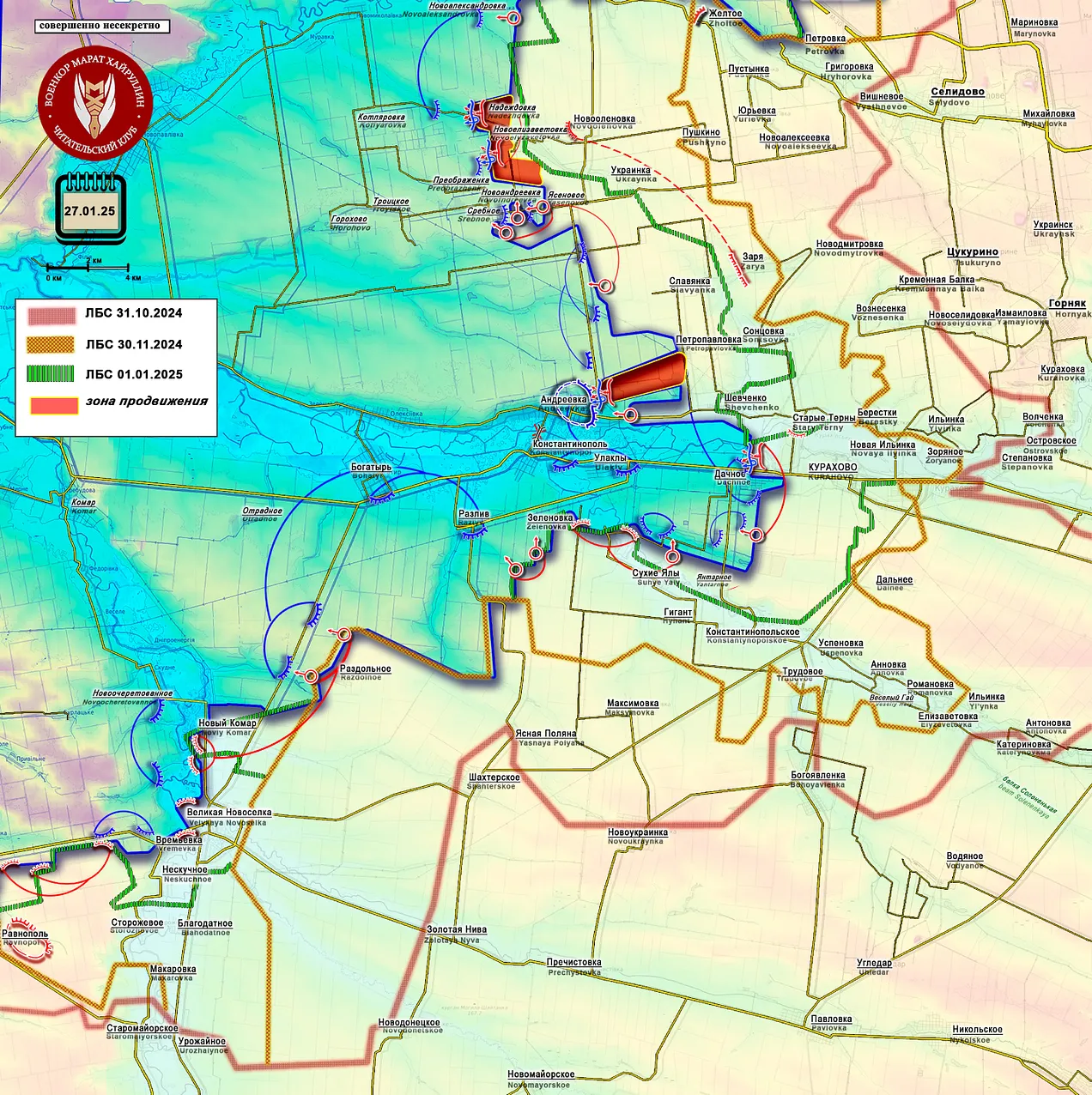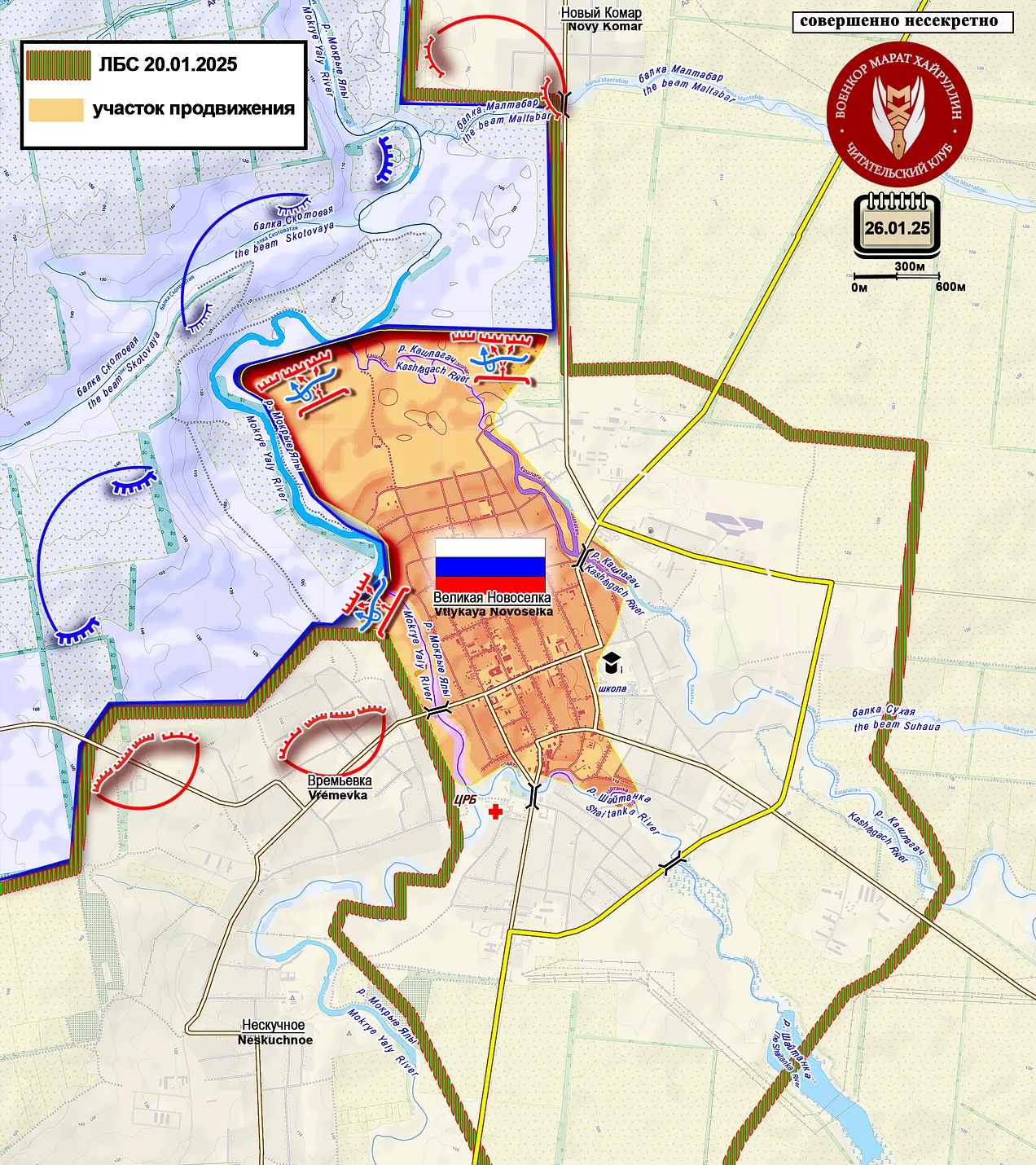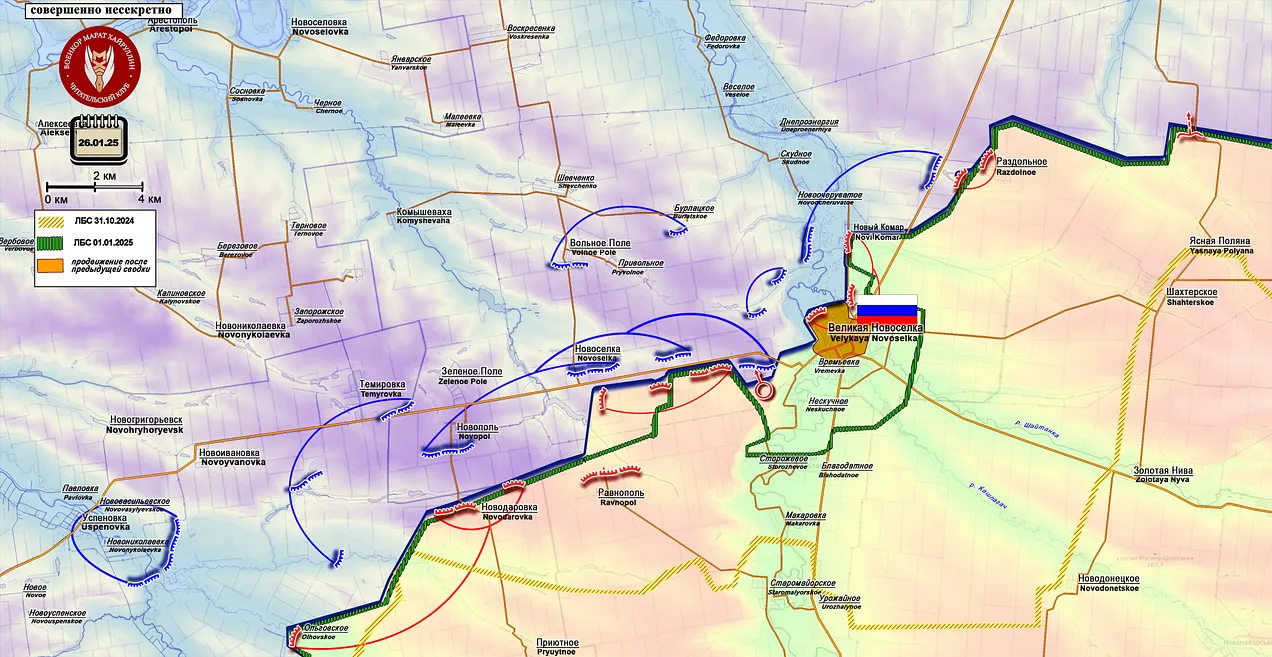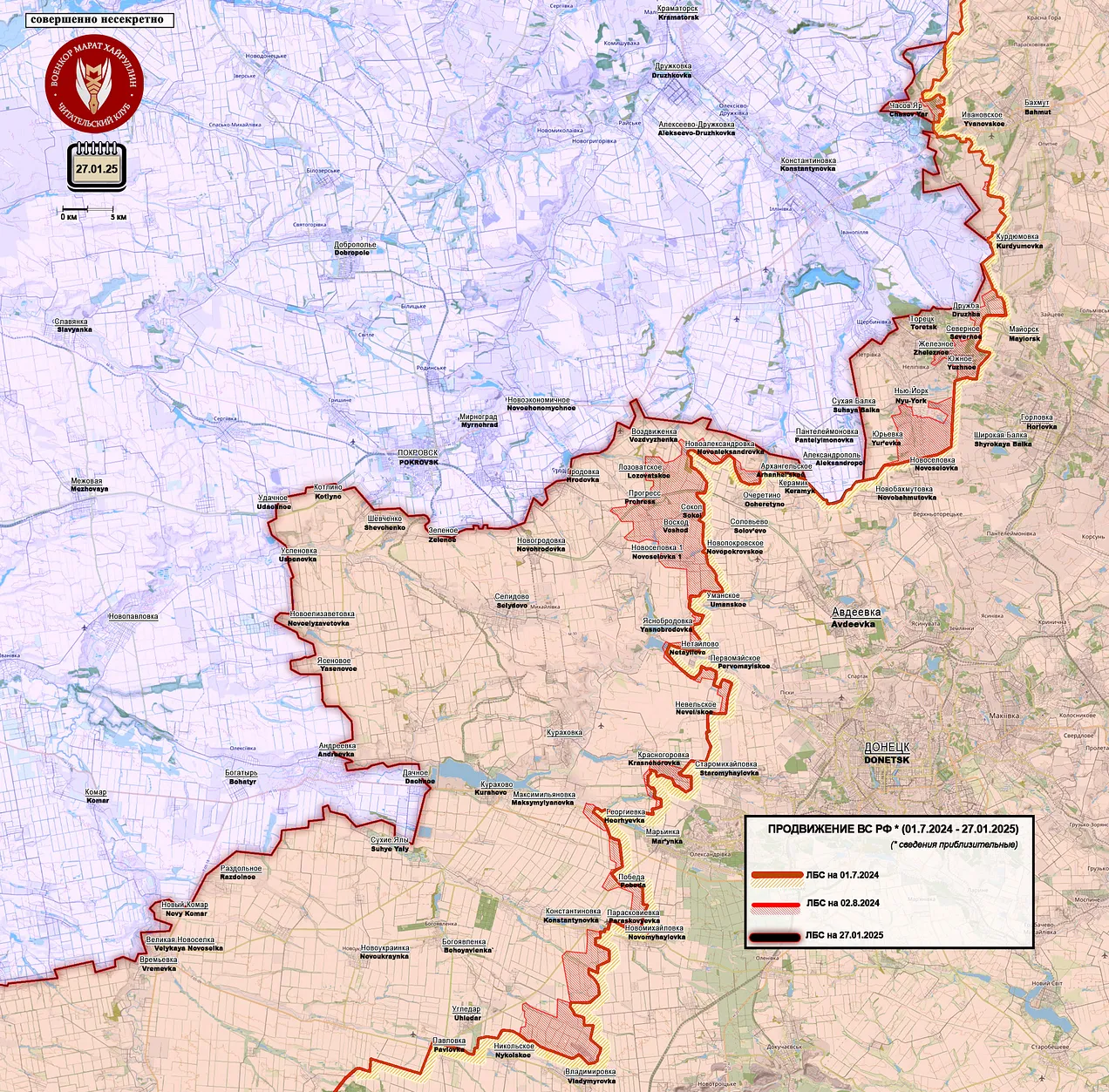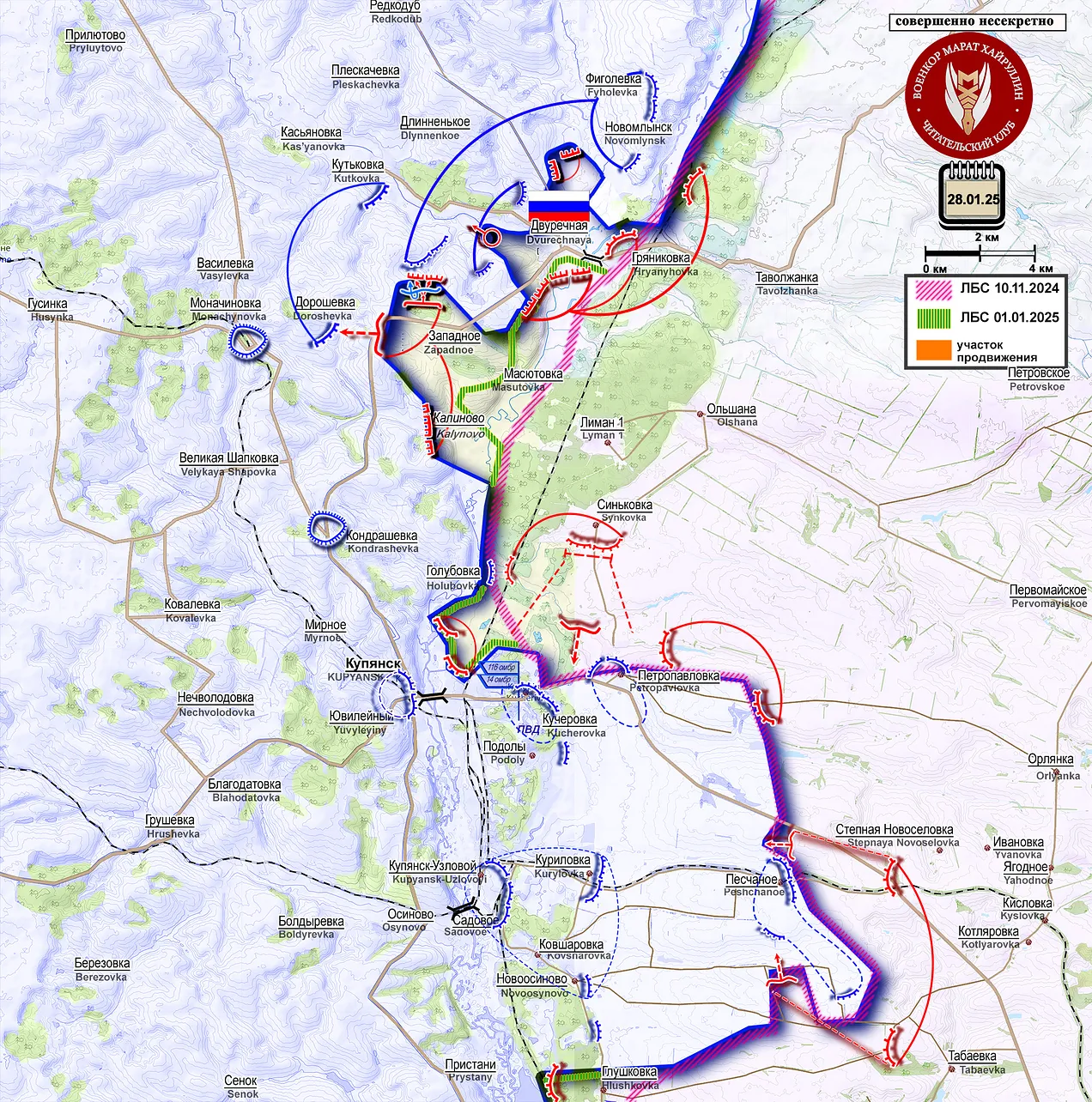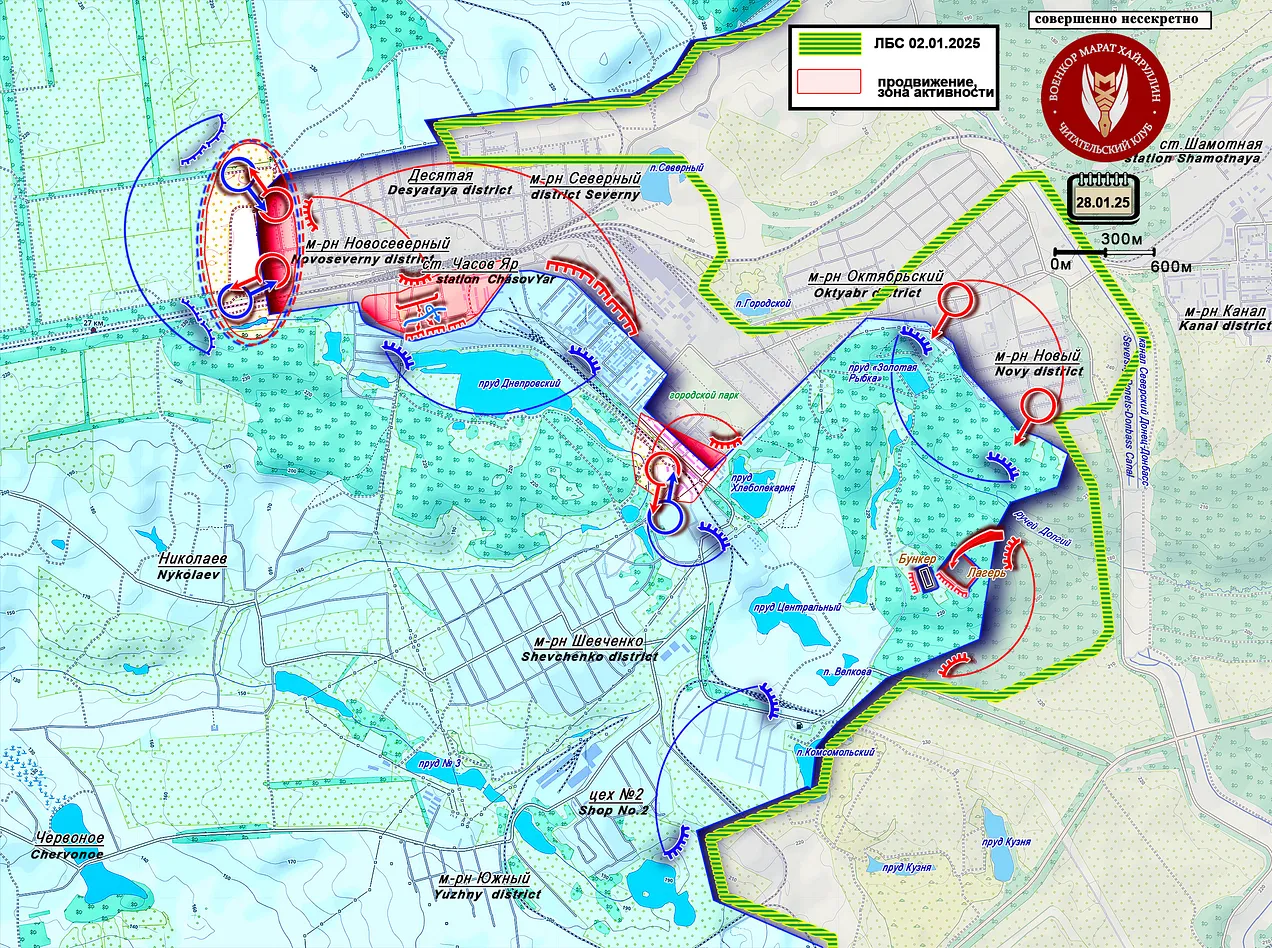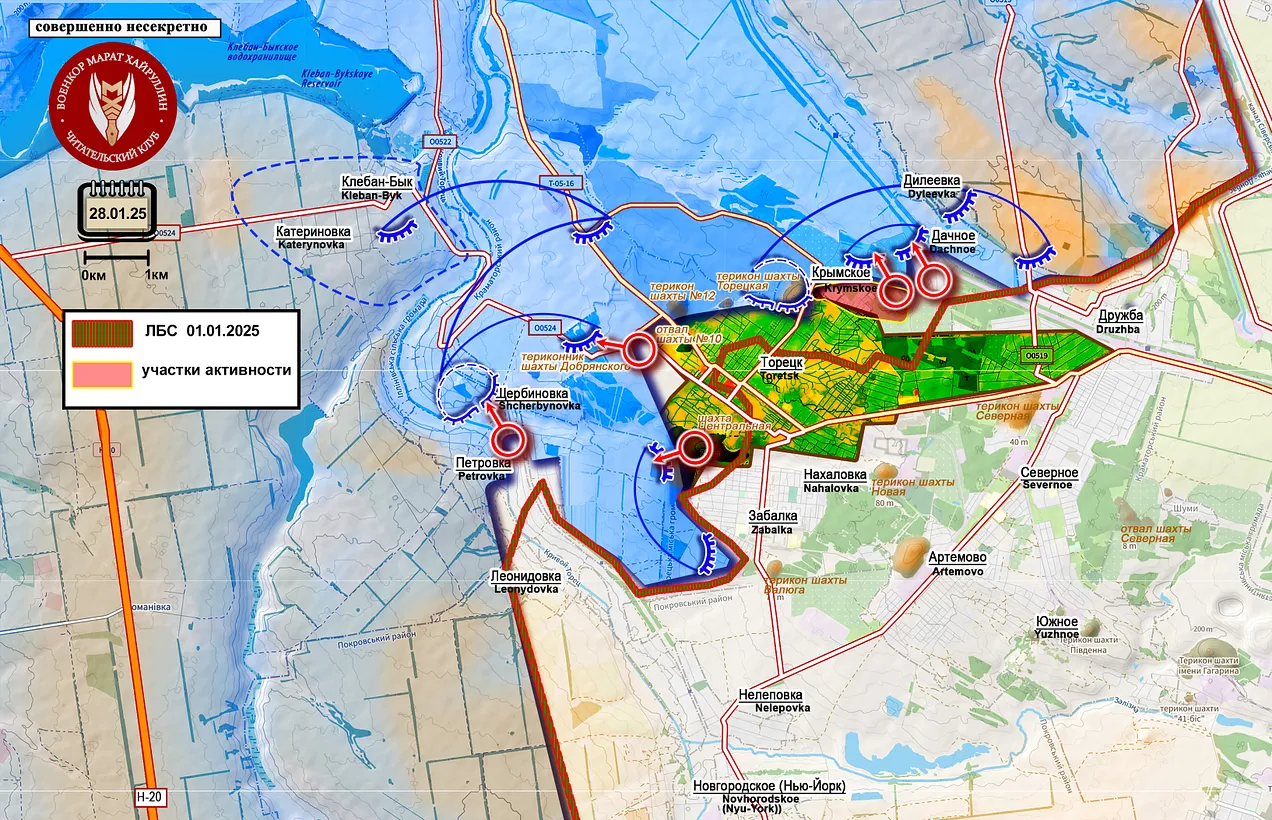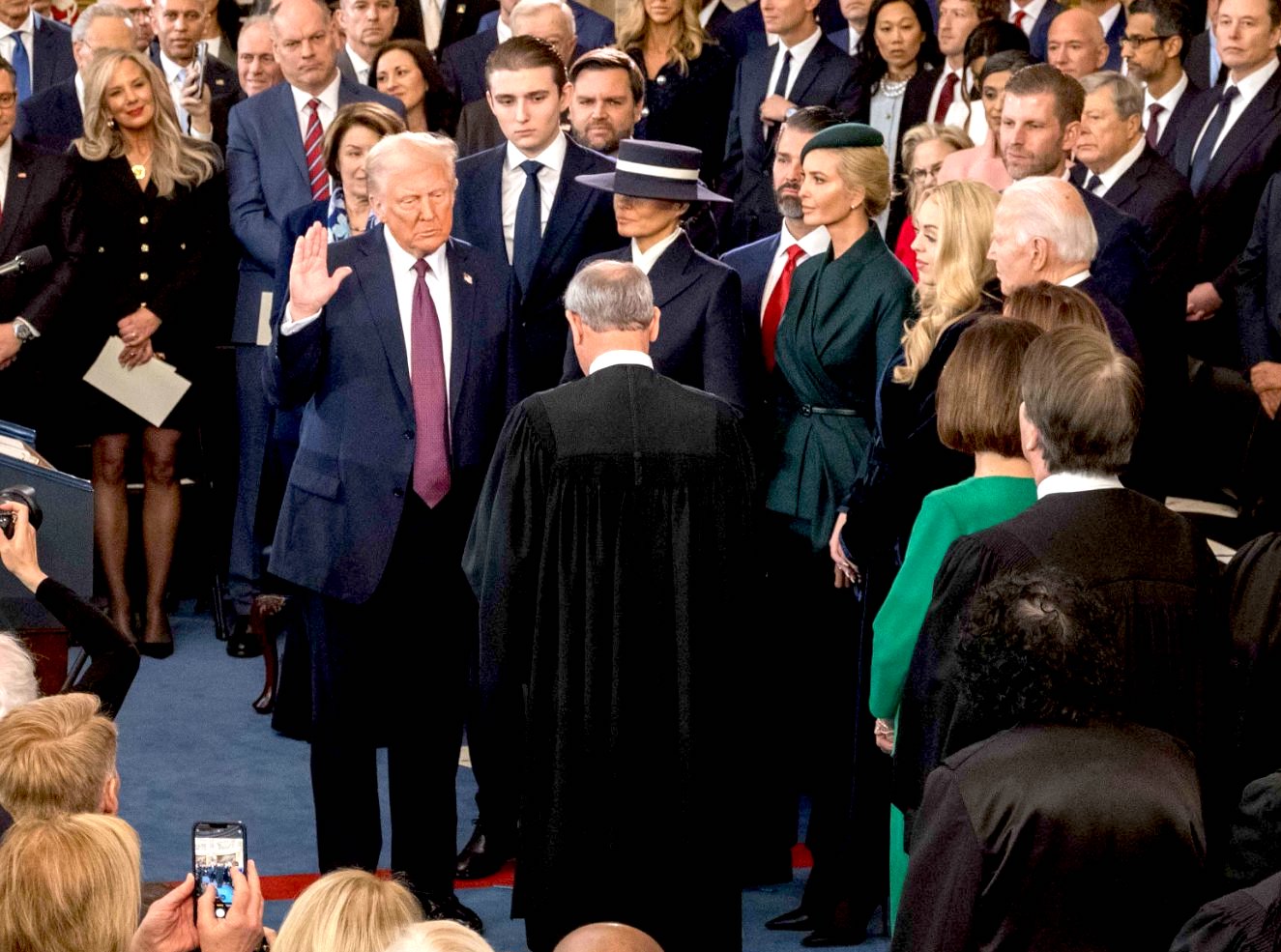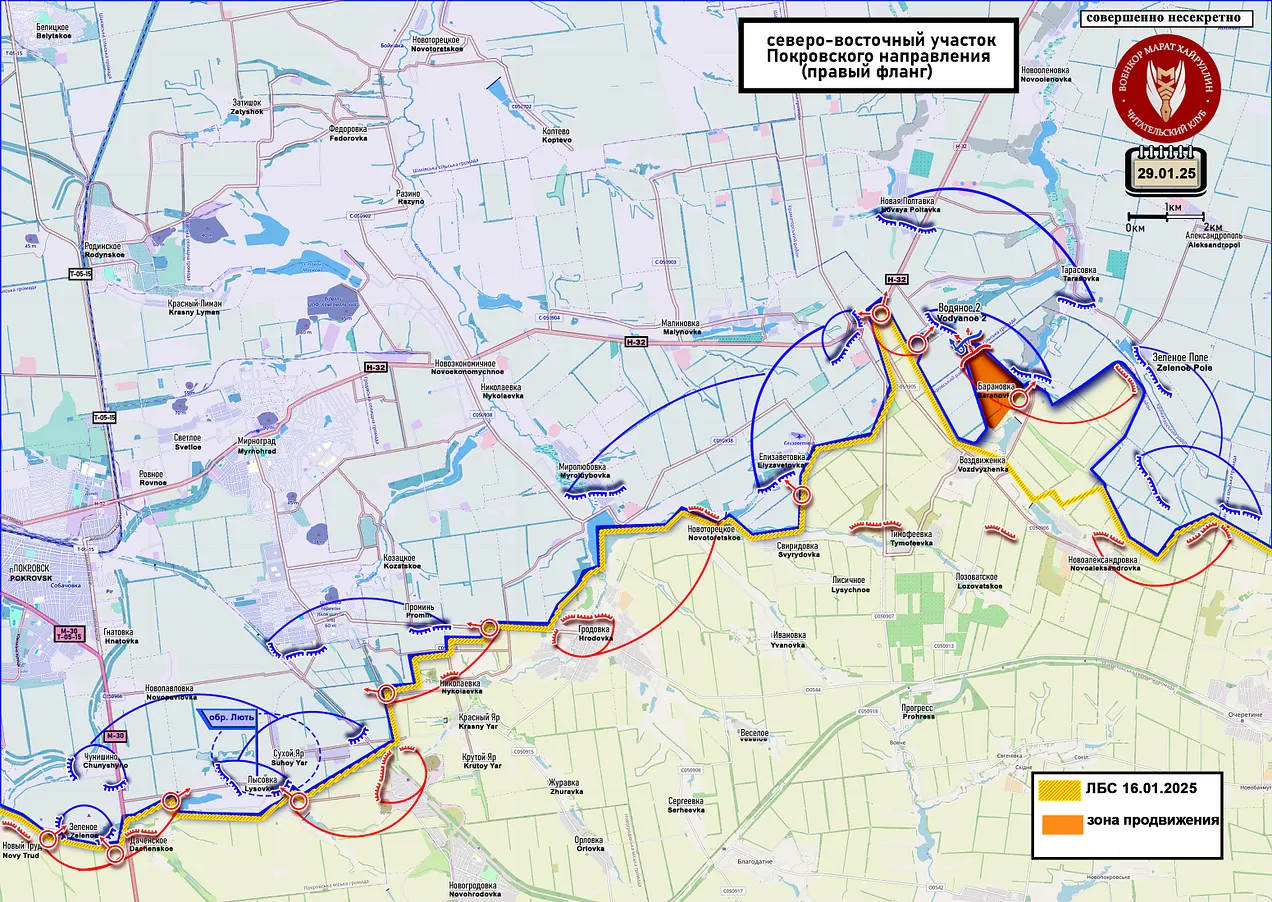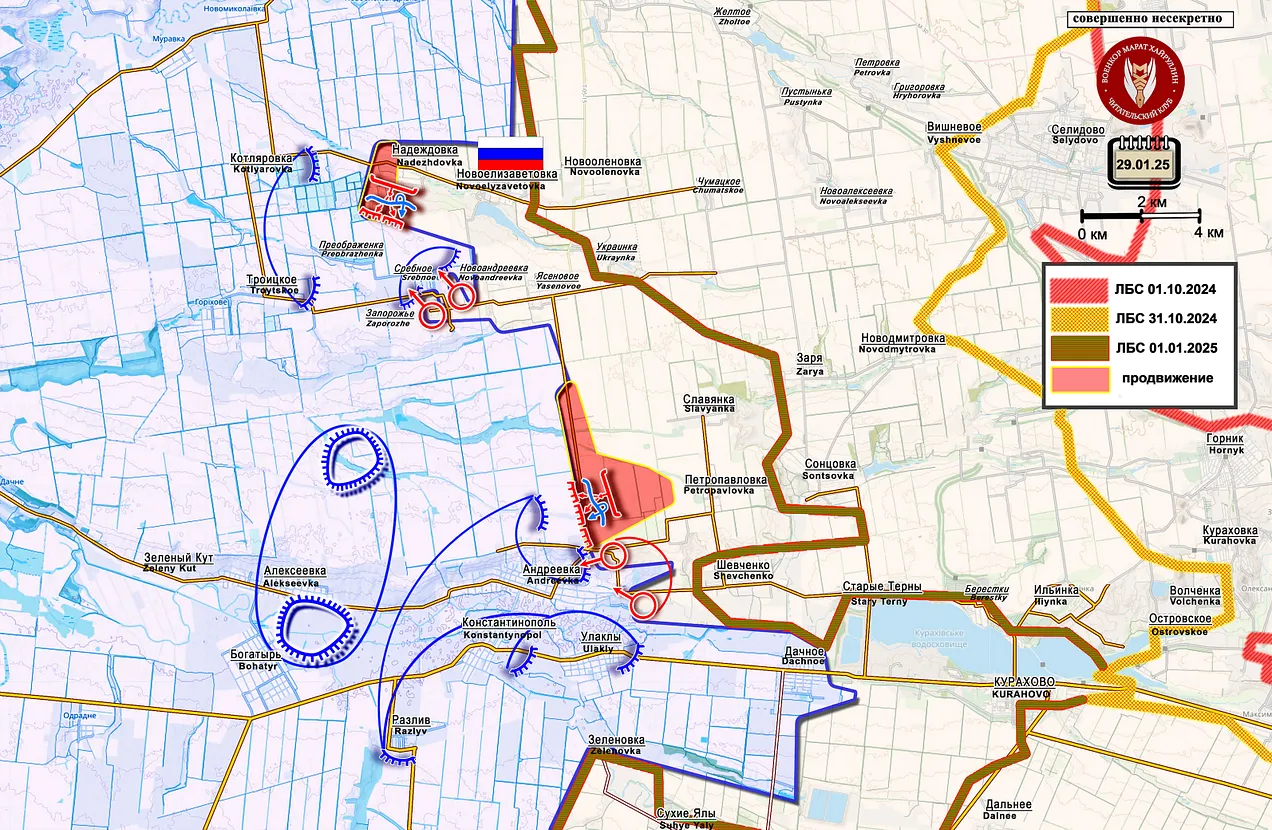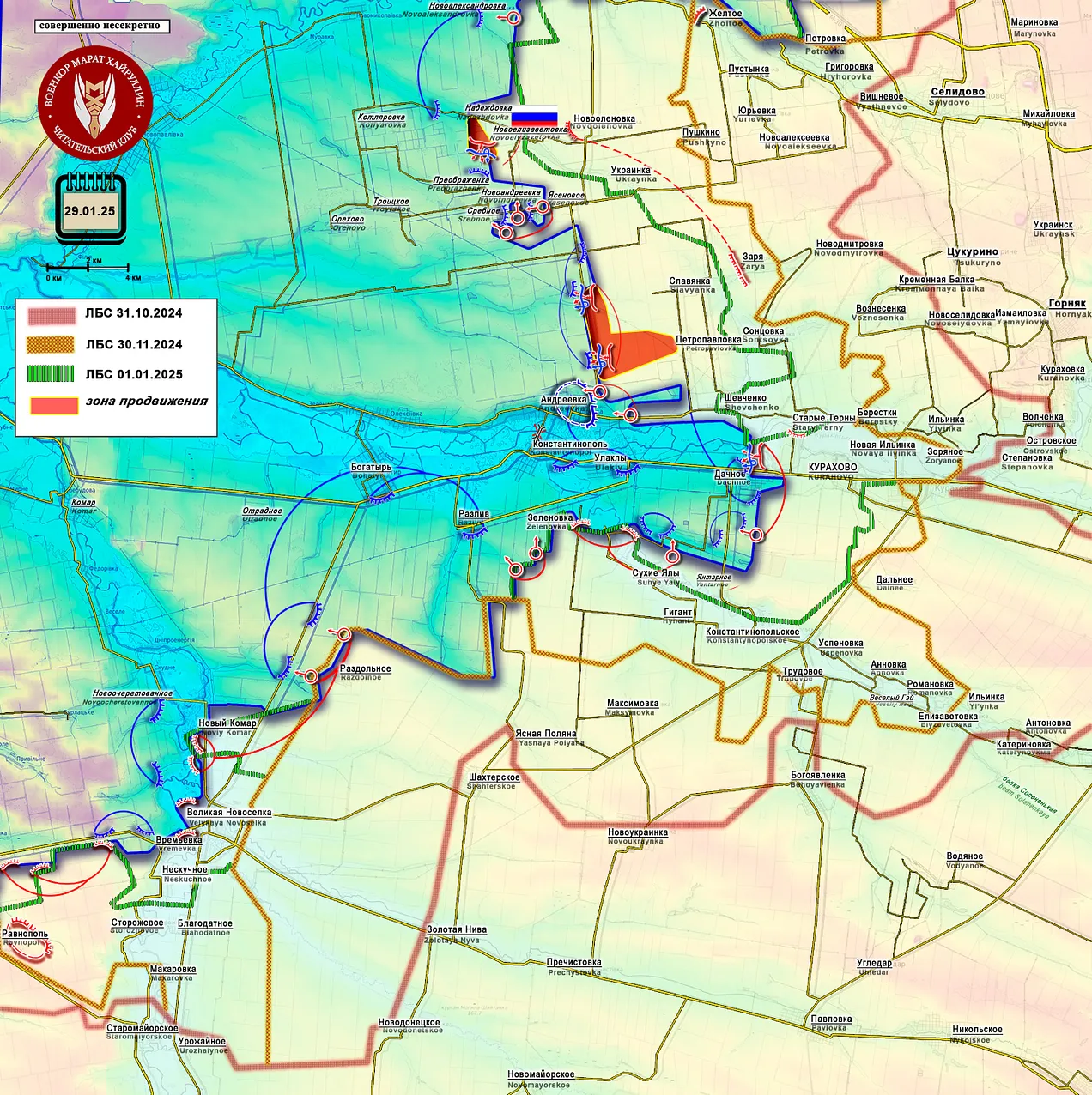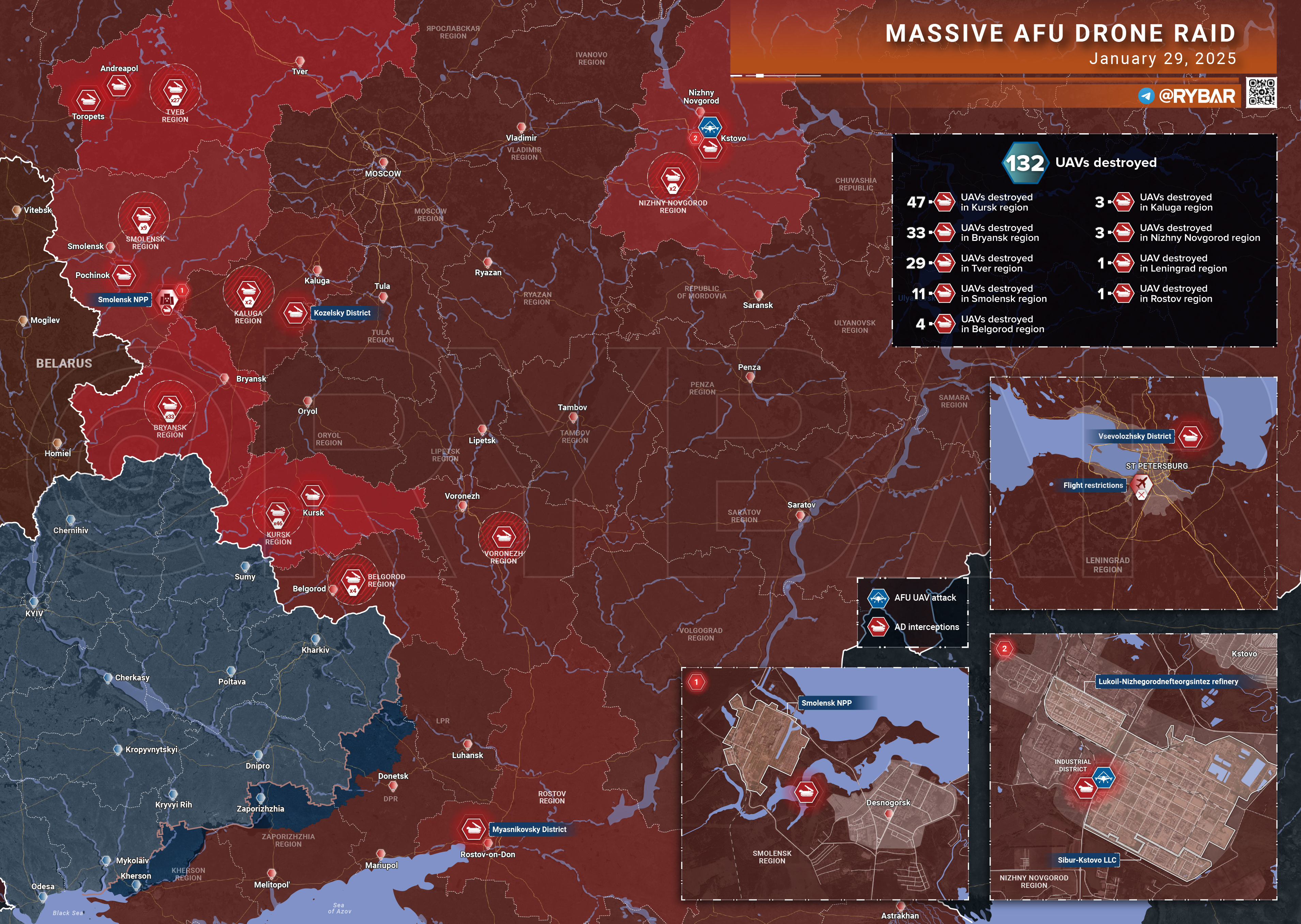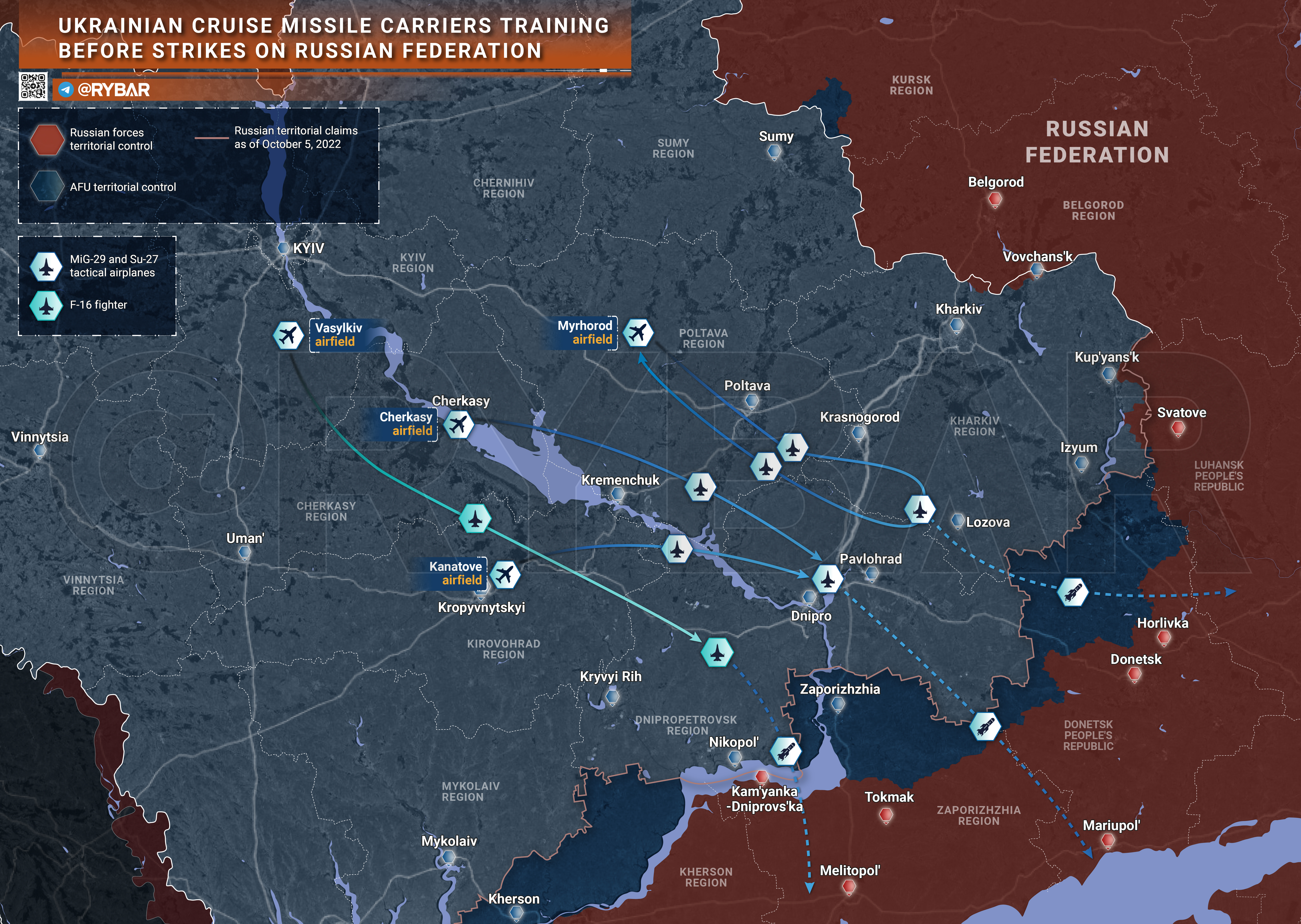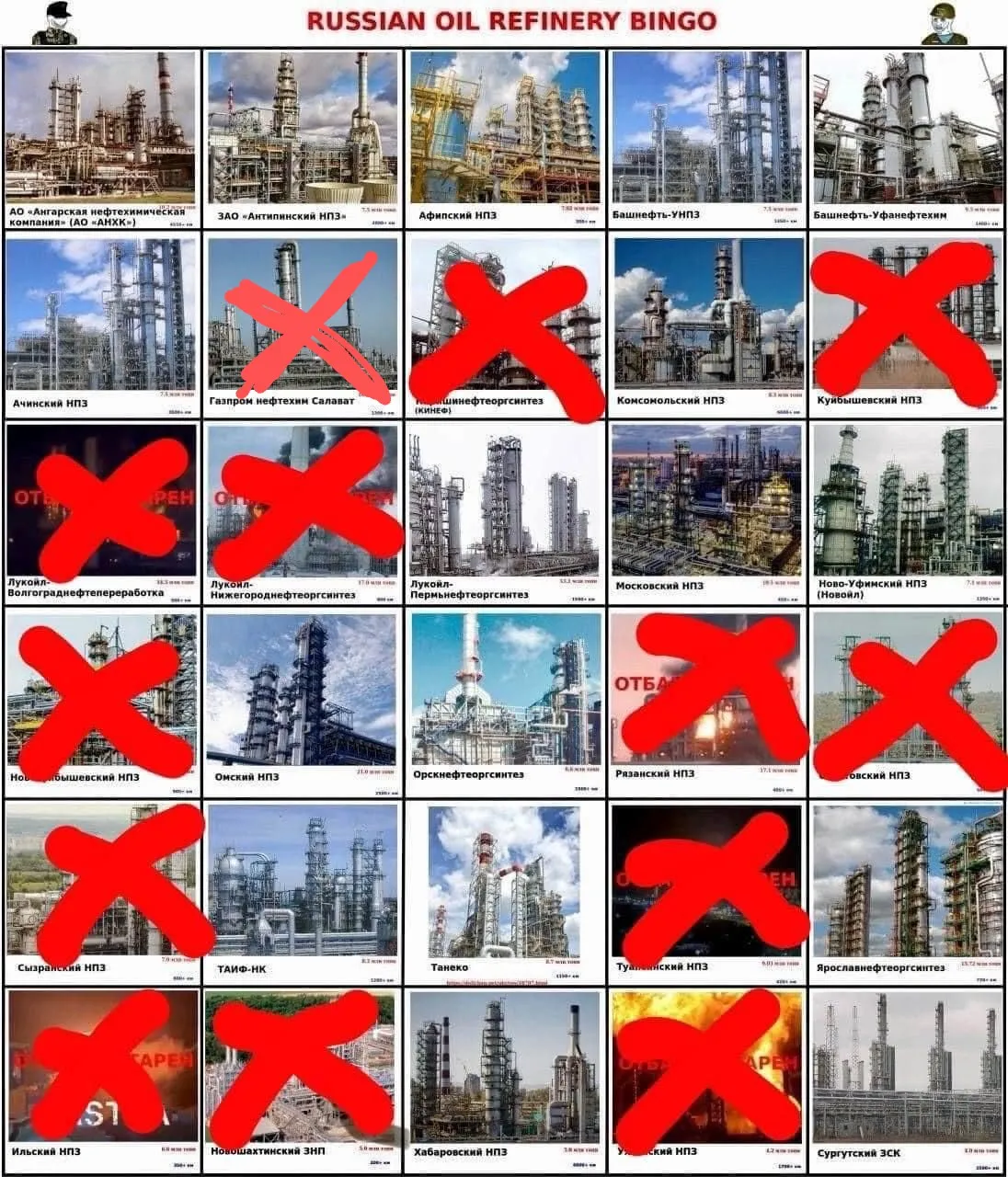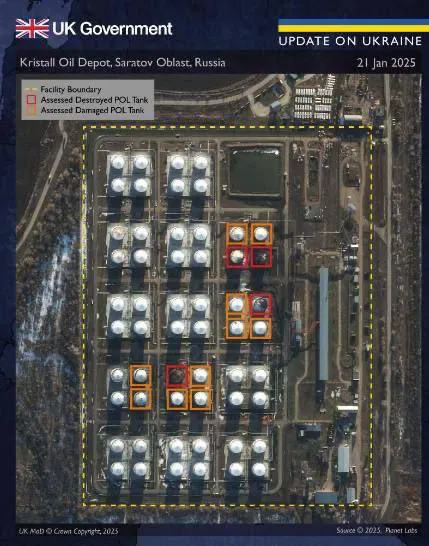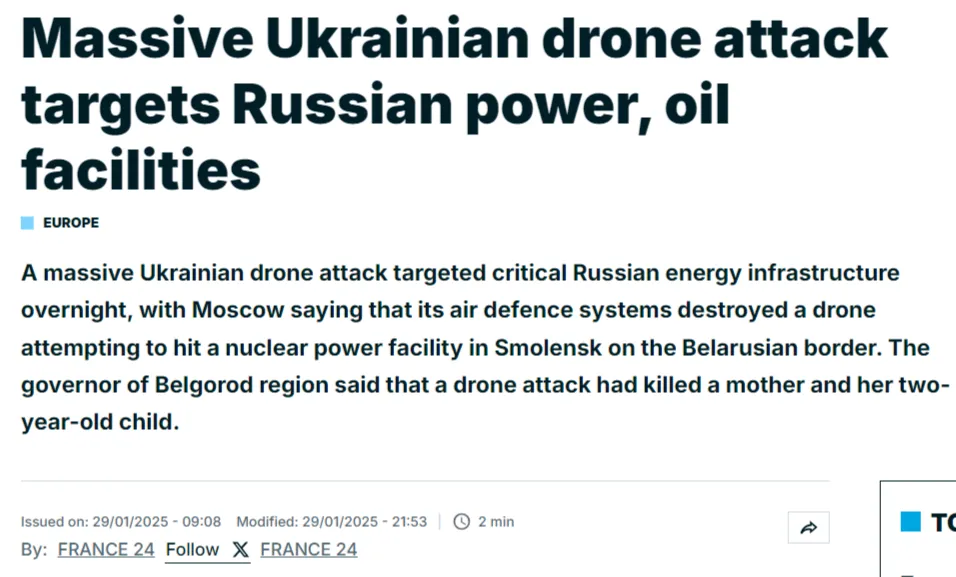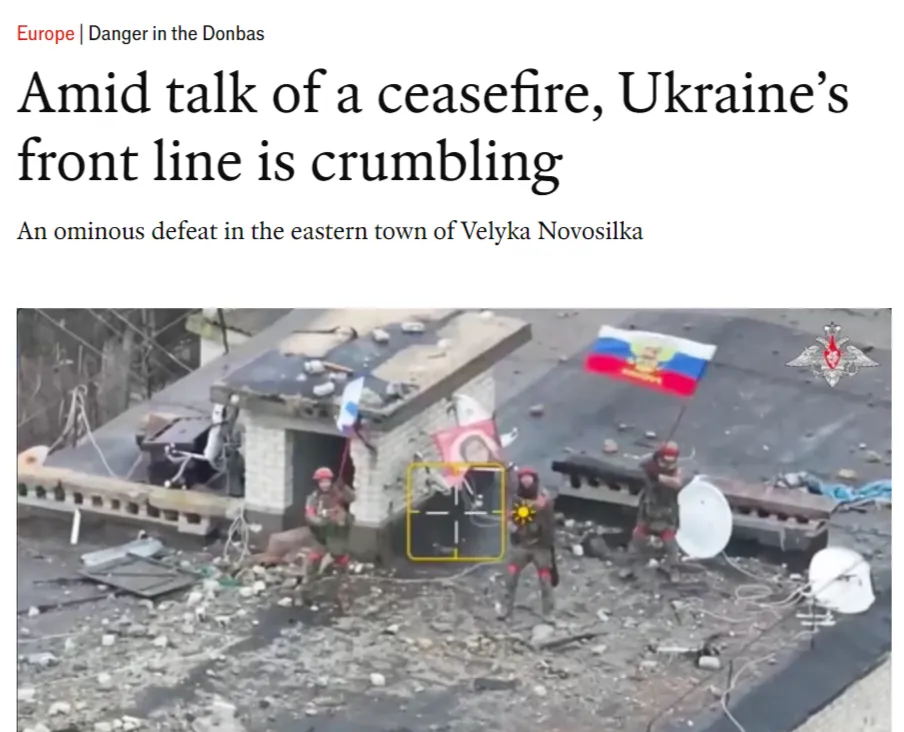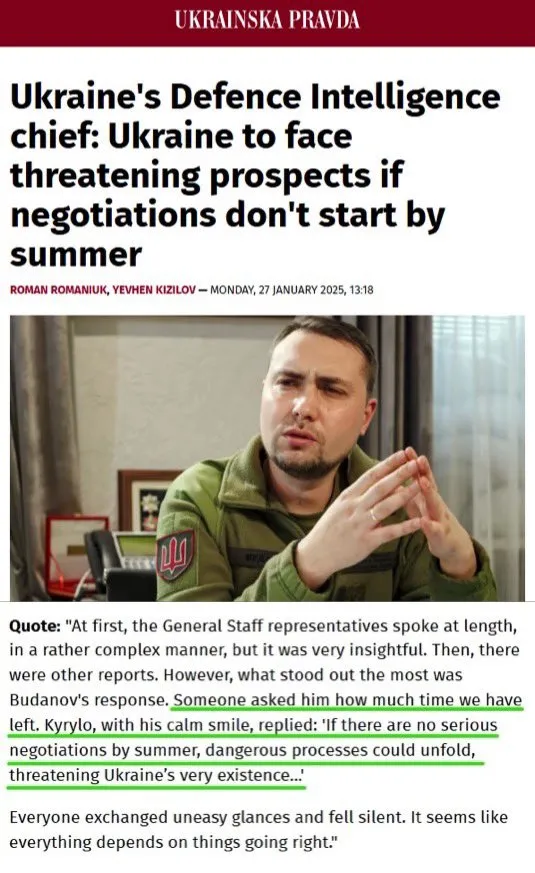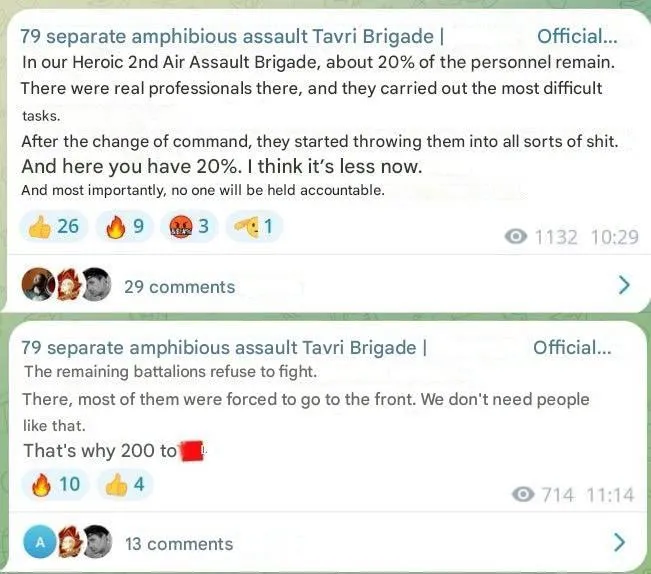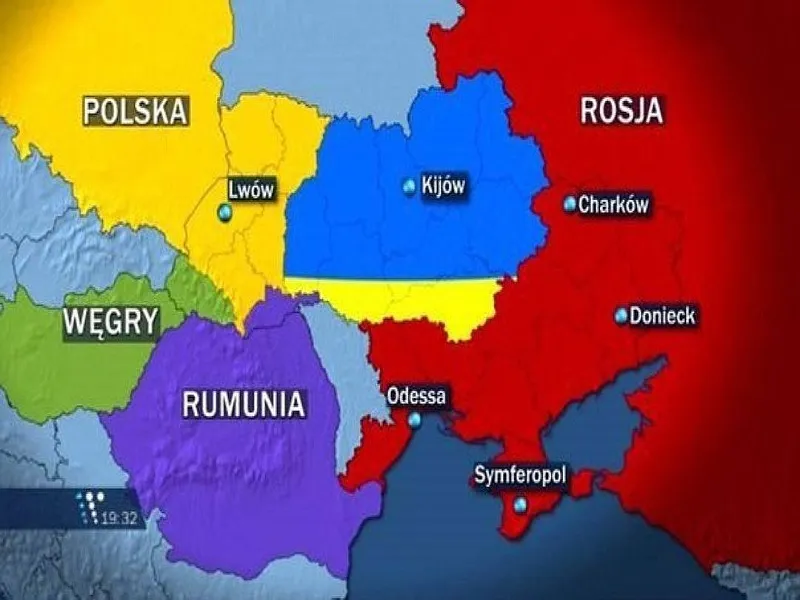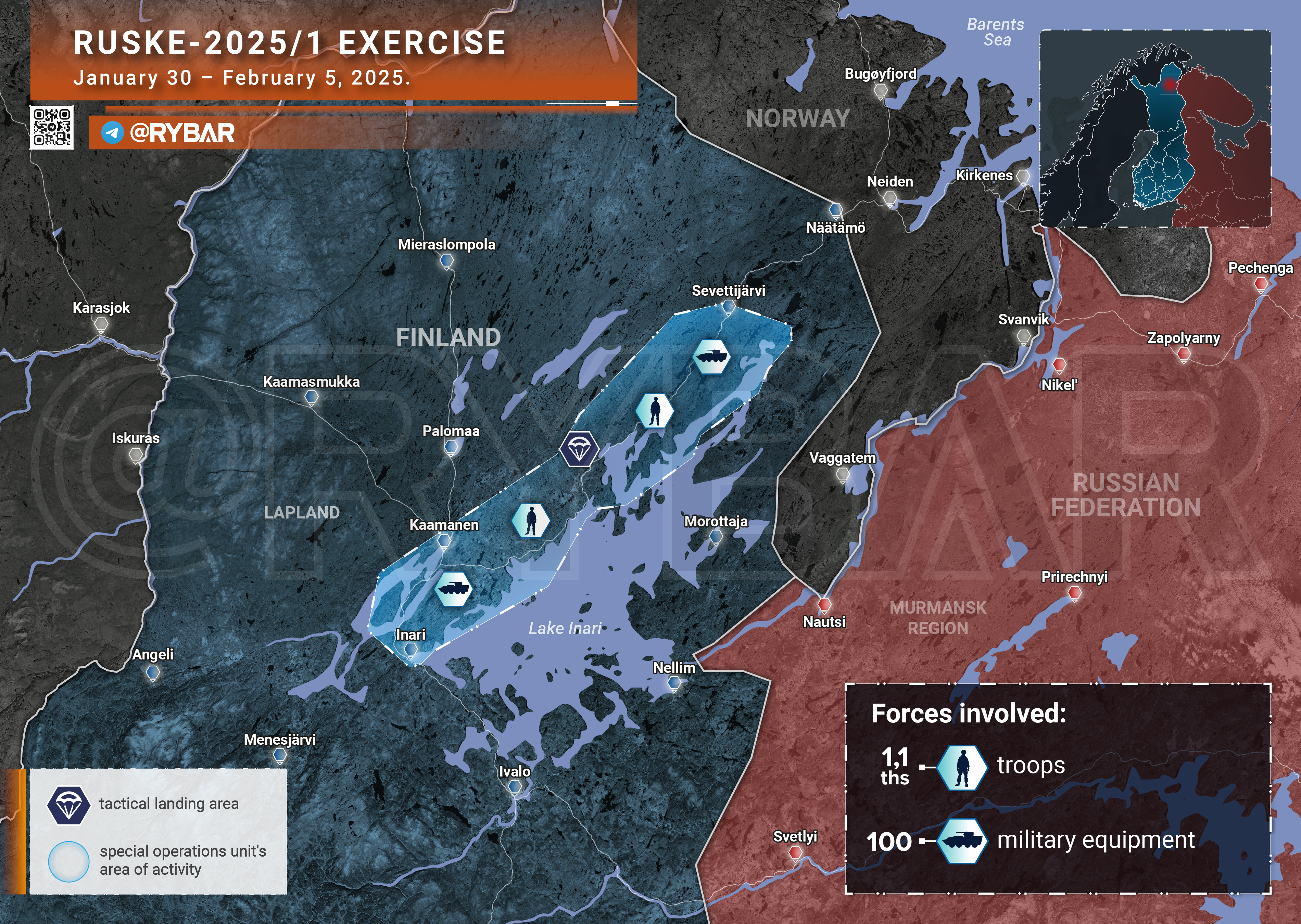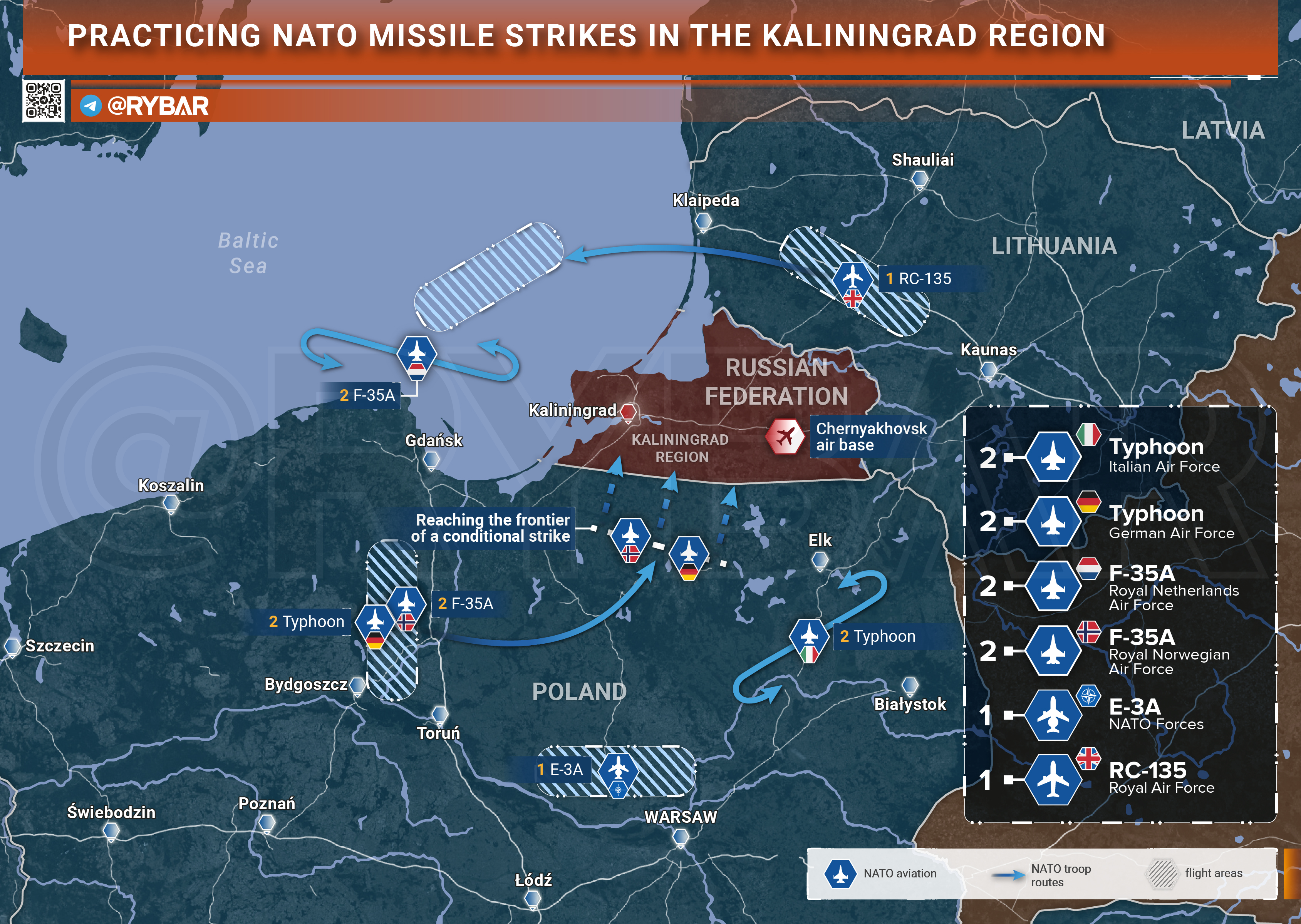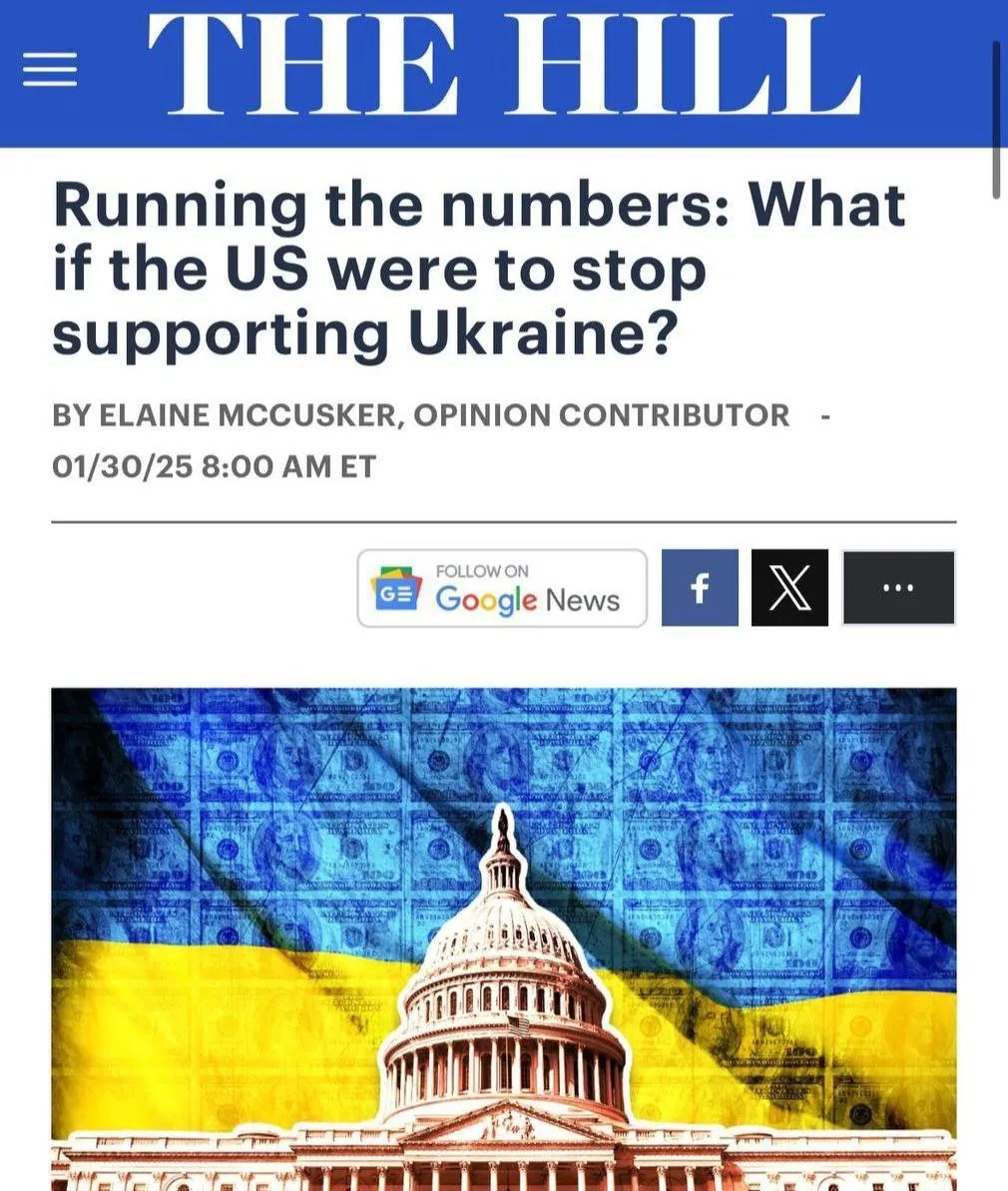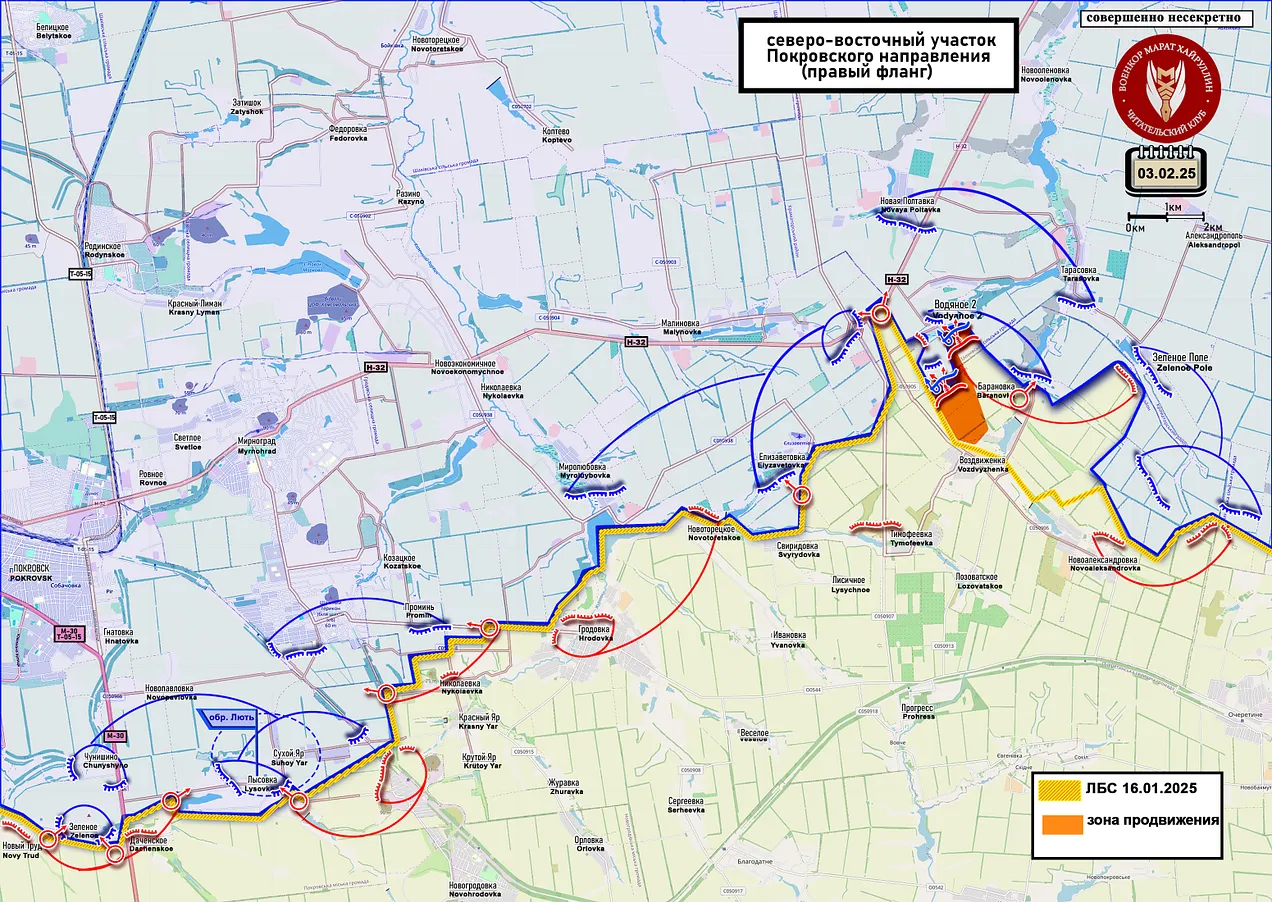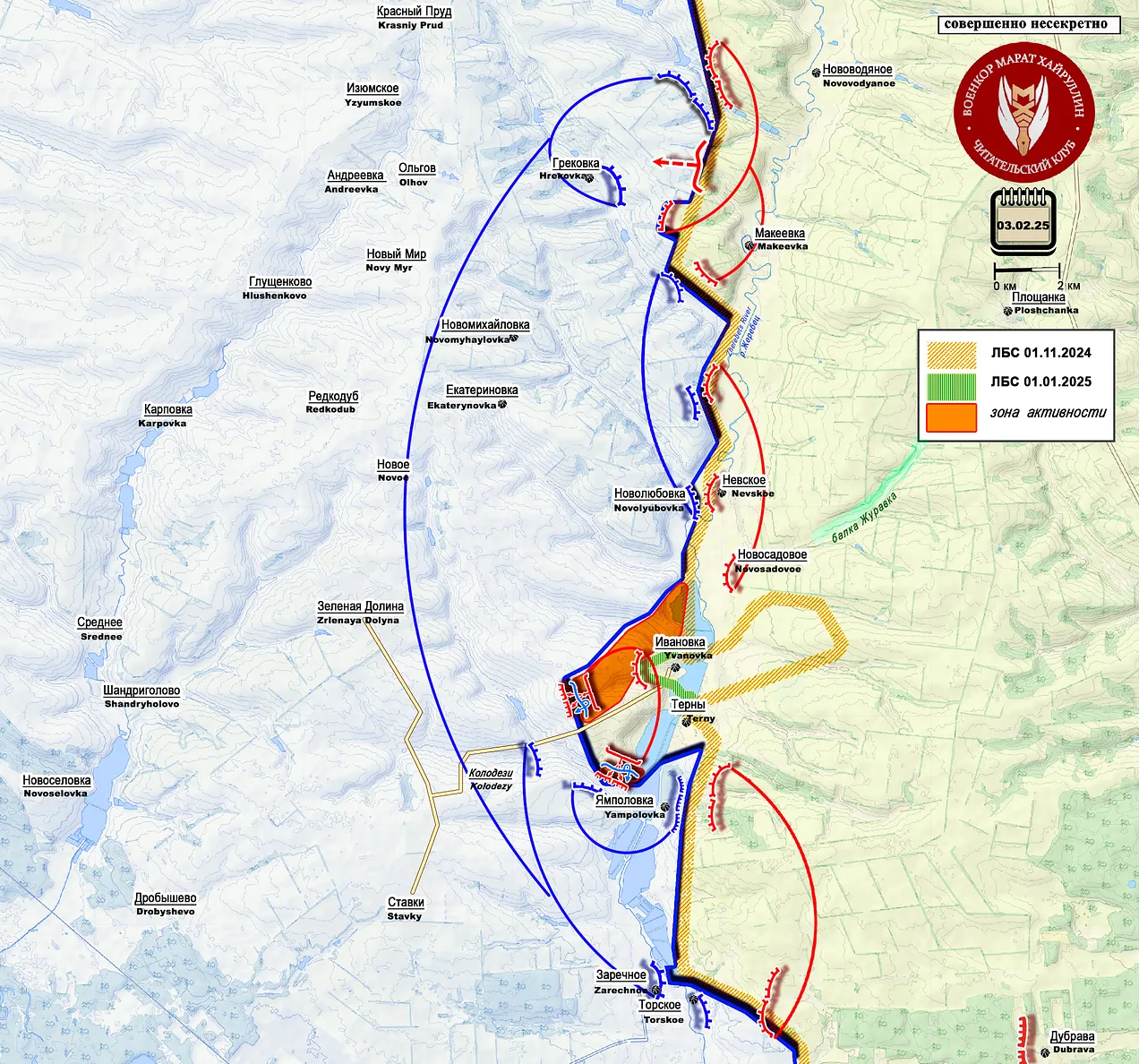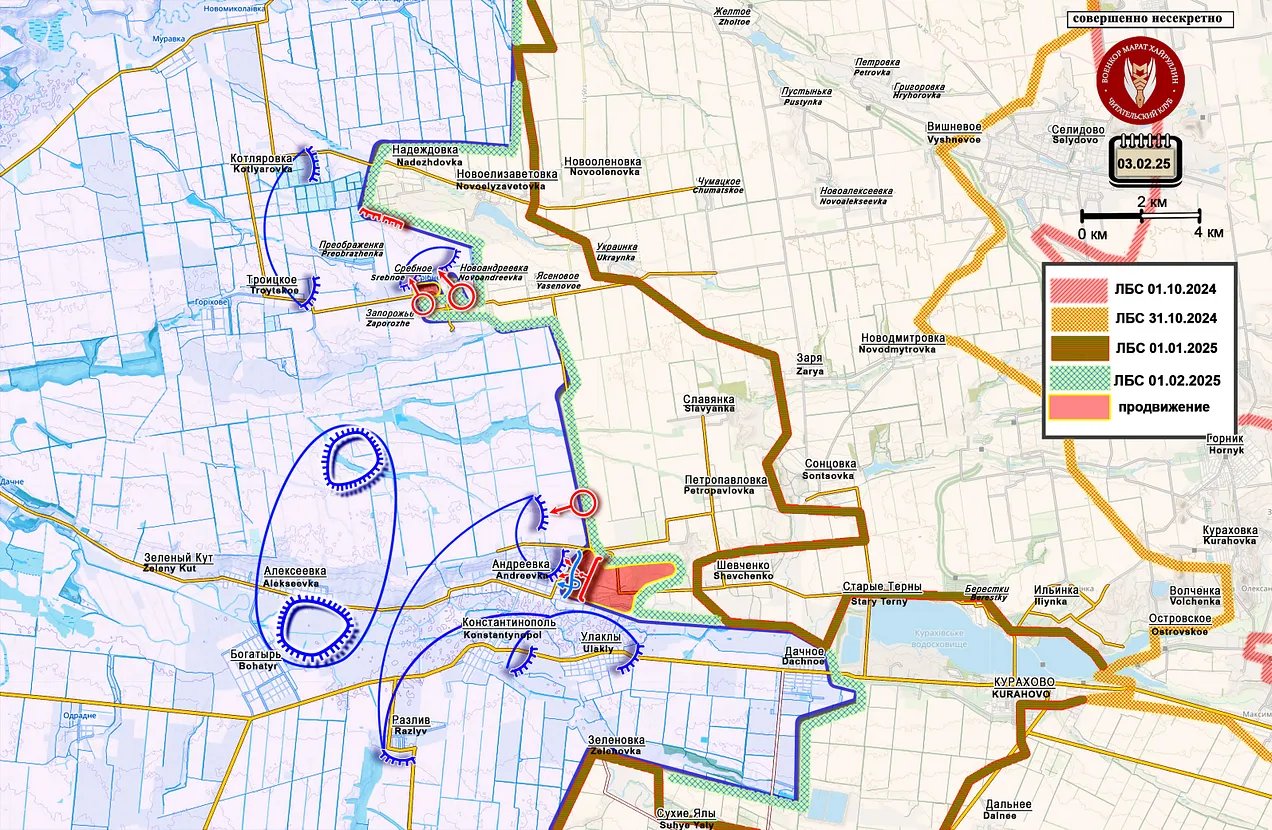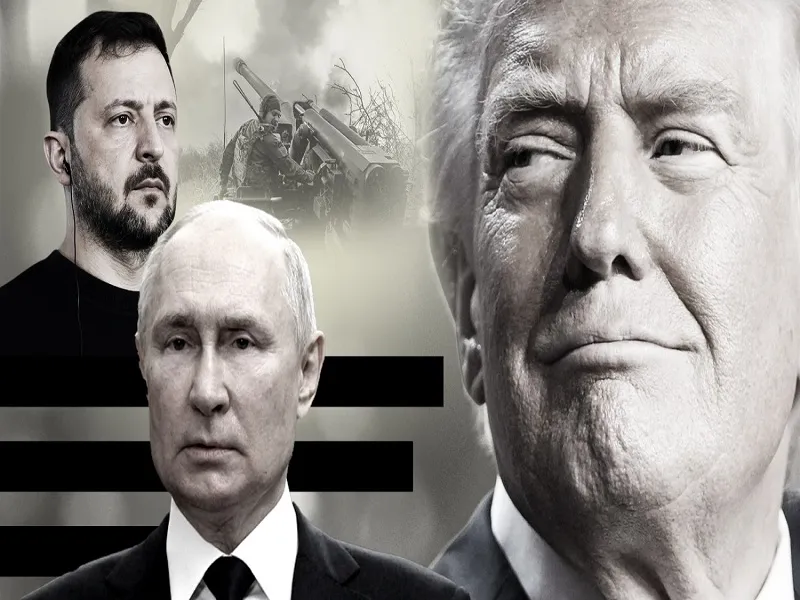Posted by @nsanzo ⋅ 01/26/2025

Desperately and without the slightest subtlety, European countries, including Russia and Ukraine, are trying to adapt quickly to the new ecosystem and adapt their discourse to accommodate Donald Trump's positions and avoid offending the new president, whose erratic decisions are often guided by personal impressions and relationships and are susceptible to abrupt change. Denmark, which has unexpectedly found itself the first country whose territorial integrity is threatened by the new US administration, has tried to anticipate problems by offering the United States a greater presence in the desired territory of Greenland and more military access to the territory, where it already has a base. However, judging by the outcome of the first direct communication between the two governments, the offer has not been enough. The Financial Times describes a “horrible” call, with threats, as a “cold shower.” “Before, it was difficult to take him seriously. But I think he is serious and potentially very dangerous,” says one of the anonymous sources cited by the newspaper. Another adds that Denmark is already “in crisis mode.” In an attempt not to upset an ally, the Danish government has denied “the assessment of the call made by the anonymous sources.” Despite everything, the pressure on Denmark, a NATO ally, continues and Donald Trump has insisted that “in the end, the Danes will give in.”
The Danish action is a reflection of the steps being taken by both NATO and other European countries. Volodymyr Zelensky understood long ago that his speech had to be modified to introduce the idea of a just peace , a construct that implies peace only if Ukraine achieves its maximalist objectives (unacceptable for Russia except in conditions of being militarily defeated), but which has been enough to convince Donald Trump that he seeks an end to the war. Just a few hours after the Ukrainian president mocked and seriously distorted the terms negotiated during the Istanbul process in 2022, the American leader again stated that “Zelensky is ready to negotiate an agreement. He would like to end this,” he said.
This week, Volodymyr Zelensky has been more explicit than usual in referring to the kind of diplomacy he expects from the White House. The Ukrainian president has insisted that he wants to achieve peace this year, but only if it is done “fairly,” which implies a series of concessions that Ukraine expects, not from its Russian enemy, but from its allies. ““Ending the war should be a victory for Trump, not Putin,” he told Bloomberg, adding that without strong and irreversible security guarantees from the United States and Europe, a ceasefire could allow Russia to rearm and renew its offensive. “The only question is what security guarantees and I honestly want to have understanding before the talks,” he said,” The Kyiv Independent wrote this week, citing the Ukrainian president’s interview with Bloomberg . Adding the obligatory phrase that he wants to achieve peace “this year,” Zelensky insisted that what matters is the terms that Ukraine can achieve in the negotiations, which, as the Ukrainian leader has insisted, must take place first with the United States, then with the European countries and finally with Russia.
Terms are also more important than speed for Russia. “I would like to understand what the US will base its move towards an agreement on,” Sergey Ryabkov said on Friday. Referring to the words of Keith Kellogg, who has given himself three months to achieve peace or negotiations – his terms have never been clear, which does not give much confidence in the existence of some kind of action plan to achieve the goal – the Deputy Minister of Foreign Affairs of the Russian Federation added that “if he is guided by the signals we have heard in recent days, it will not work in 100 days or more. If there is more realism in his policy, then perhaps a certain process will begin, the pace of which is also difficult to predict today.” Russia seems to be aware that there are no necessary bases for a diplomatic agreement between the two countries to be possible and also that Donald Trump’s knowledge of war is frankly limited. In just five days in office, the US president has given varying casualty figures and has embraced the failed strategy of sanctions to automatically force Russia to stop fighting. Bringing down the price of oil, as Trump claims, would require extreme action by OPEC, which would affect not only Russia but also the United States, risk destroying the economies of countries like Saudi Arabia and creating chaos in the global energy market.
Despite the threats, the rewriting of the war based on an imaginary script and the clear absence of a concrete idea on which to build a diplomatic process, Russia is also trying to get closer to Donald Trump. It does so through its president, who on Friday highlighted the good working relationship that both maintained during the time they were in power, and even adopting one of the current American leader's conspiracy theories. "I cannot disagree with him that if he had been President, if he had not been robbed of victory in 2020, perhaps the Ukraine crisis that arose in 2022 would not have occurred. Although it is known that Trump, during his first term as President, also imposed a significant number of restrictions, the most at that time, against Russia. I do not think that it was a decision that corresponded to the interests not only of Russia, but also of the United States itself," said Putin, who prefers not to remember that Trump's policy in his first term was exactly the same as that of Obama-Biden. Moreover, it was the Republican president who delivered Ukraine's first offensive weapons, the coveted Javelin anti-tank systems. In his negotiations with Russia, for which Trump sent the hawk Kurt Volker, then part of the John McCain Institute, the American position was also markedly similar to the times of Victoria Nuland.
The bad experience with Joe Biden, who simply refused to negotiate, and the Trumpist stance towards NATO make it more likely that Russia will be able to reach an agreement with Donald Trump than with his predecessor. The Republican administration, especially the one who will be the Deputy Secretary of Defense, does not see NATO as a tool for the expansion of democracy and Western values, something that is not a priority for the current White House, but as a guarantee that there will not be a counter-hegemonic bloc in Europe, that is, against the United States. Although European countries and the Democratic Party insist that the war is the expression of Russian imperialism, hungry for more territory, the positions of Moscow and kyiv show that it is not about land but about the security architecture. Obtaining entry into NATO or the continued presence of troops from the Alliance is the priority for kyiv, which considers this aspect more important than its territorial integrity. From the Russian perspective, stopping NATO expansion and obtaining a US commitment to Ukraine's neutrality has been the main goal since spring 2022. At that time, Russia was willing to give up virtually all territorial expansion gained since the invasion (with the exception of Donbass) in exchange for Ukrainian neutrality and security guarantees for both countries.
Russia’s willingness to negotiate on the basis of the Istanbul communiqué (albeit taking into account the current situation) points to the same objective. The perception, perhaps mistaken, that Donald Trump is more receptive to this argument is the main reason for the flattery of Donald Trump despite the threats of sanctions, manipulations about who refuses to negotiate - Zelensky has not revoked the decree that makes dialogue with Vladimir Putin illegal - or even the historical comment with which the American president accompanied his post ordering Russia to stop the war. Russia - not the Soviet Union - helped, according to Trump, the United States to win the Second World War and not the other way around, a comment that, under other conditions, would have been considered unacceptable to Moscow, but which, on this occasion, the Kremlin has preferred to ignore. Trump has also been forgiven for the words with which the American president has called the war “ridiculous”. Russia and Ukraine have also taken a similar stance on this, and Bankova has preferred to avoid commenting on Donald Trump's latest statement, which has placed part of the blame for the outbreak of the war on Zelensky and insisted that he is "no angel."
Not alienating Donald Trump now means accepting threats, putting up with offensive comments and even leaving the door open to concessions that are considered unacceptable as long as this means gaining a favourable opinion from the US president. For Ukraine, it all comes down to achieving de jure or de facto adhesion to the Western security architecture, while for Russia, the objective is exactly the opposite. Although to achieve this, Kiev and Moscow are opting for the same communication strategy, seeking accommodation, a path that NATO has also taken, which has shown an even more servile and desperate attitude, and has even offered to subsidise the US military industry in exchange for Washington continuing to provide Ukraine with weapons to continue the war.
Google Translator
******
From Cassad's telegram account:
Colonelcassad
On the topic of expectations of peace and negotiations, it is worth remembering that in the US, in Europe and here, many defense orders for the military-industrial complex are calculated until 2026-2027. It is under this time frame that the war is partially paid for. At the same time, given that defense lobbyists in the West have a much more serious influence on the state apparatus than in our country, it is the Western military-industrial complex that is primarily not interested in ending the war, since this promises a reduction in profits from the ongoing high-intensity military actions that are devouring huge resources that require systematic renewal. And first of all, this concerns the American military-industrial complex, which not only earns money, but also finally ties the European military-industrial complex to itself, which is not able to satisfy all requests on its own.
***
Colonelcassad
Night strikes on enemy targets
On the night of January 25-26, 2025, Russian troops launched a combined attack on key military, energy and logistics infrastructure facilities in Ukraine. Key targets in Vilkovo, Starokostiantyniv, Dnepropetrovsk and Sumy were hit , which impacts the enemy's operational capabilities.
— Vilkovo, Odessa region (23:40 25.01 – 02:15 26.01.2025)
As a result of the raid by 12 attack drones, the territory of the old port of Dunaysky was hit , where units of the 18th detachment of the Ukrainian Navy's marine guard and the 181st battalion of the 122nd territorial defense brigade were stationed .
The facility was also used as a base for the deployment of unmanned boats used by the enemy to attack Crimea and Black Sea Fleet facilities .
— Recorded damage:
• Four UAVs struck the administrative building of the naval guard headquarters - the facility was completely destroyed .
• Eight UAVs attacked the port infrastructure, damaging the berthing facilities , warehouses and maintenance hangars .
— The Danube ports are an important part of the logistics of the Ukrainian Armed Forces and the supply of sabotage units carrying out attacks on Russian targets in the Black Sea.
— Starokostiantyniv, Khmelnytskyi region (02:10 - 02:40 01/26/2025) At least six hits on infrastructure facilities were recorded
on the territory of the Starokostiantyniv airfield , which is the base of the 7th Tactical Aviation Brigade of the Ukrainian Armed Forces . The airfield is actively used for basing tactical aircraft, as well as for the combat use of GBU-39 SDB and AGM-88 HARM supplied by the West. — Confirmed damage: • Two barracks buildings housing aviation engineers and technical personnel were completely destroyed . • The airfield’s radio systems were disabled , including the AN/MPN-14K mobile control complex . • Taxiways and airfield lighting equipment were damaged, making it difficult to conduct night flights. — Dnepropetrovsk, Dnepropetrovsk region (23:15 01/25/2025) Strike on a nodal substation 330 kV Dneprovskaya caused serious damage to the facility, which caused interruptions in the power supply to the region.
— Consequences of the impact: • The TDTN-200000/330/110
autotransformer was completely destroyed , depressurization of the oil tank caused an oil leak and subsequent fire. • The 330 kV outdoor switchgear was disabled , including Siemens 3AP1 FG gas-insulated switches and TFZM-110 current transformers . • The 330 kV Dneprovskaya - Krivoy Rog and Dneprovskaya - Zaporozhye lines were de-energized , which led to disruptions in the operation of industrial facilities in the region. — The substation is a key hub for distributing electricity for the metallurgical and defense sectors of Ukraine. — Sumy, Sumy region (01:18 26.01.2025) The strike hit the Rovesnik training center , which was used by the Ukrainian Armed Forces as a training base for enemy units under the guidance of foreign instructors from Great Britain, France and Israel before being sent to the Kursk direction. — Confirmed damage: • The roof of the main educational building was destroyed. • The facade structures and interior of the building were damaged. — The facility was one of the key training centers for reserve units of the Ukrainian Armed Forces. — As a result of the impact of electronic warfare systems , the Ukrainian attack drone lost control and crashed in the Druzhba park near the Sumy regional administration , damaging the building's glazing. @don_partizan
https://t.me/s/boris_rozhin
Google Translator
*******
Trump Raises Heat on Russia with Belligerent New Threats
Simplicius
Jan 24, 2025
<snip>
So with nothing major changing, and Ukraine’s collapse only accelerating, Ukraine needs some big internal change to have any hopes of surviving this year. And the only thing capable of producing that is of course mobilization of the 18-25 cohort.
Now there have been increasing reports about this happening soon:
This AP article notes that:
Ukraine is in the final stages of drafting recruitment reforms to attract 18- to 25-year-olds who are currently exempt from mobilization as it looks for ways to bolster its fighting force, the battlefield commander recently appointed to the President’s Office said.

https://apnews.com/article/ukraine-war- ... 047833756e
Ukrainian Rada member Roman Hryschuk complains that a new law has created a loophole to allow the mobilization of ‘previously exempted’ students and teachers:
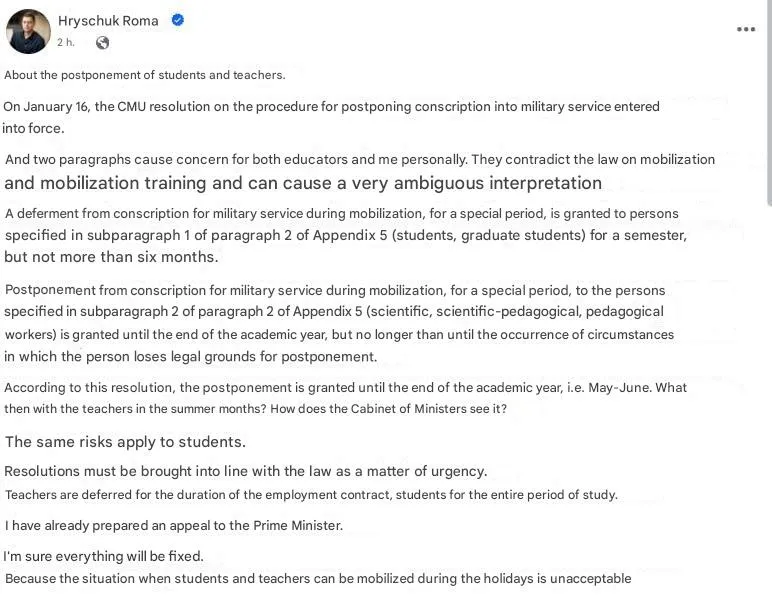
Students and teachers may begin to be mobilized as early as this summer, says Rada deputy
RVvoenkor
Meanwhile, Rada member Goncharenko reports even advanced NATO AD Iris-T technicians are being mobilized to the front, such is the manpower drought:
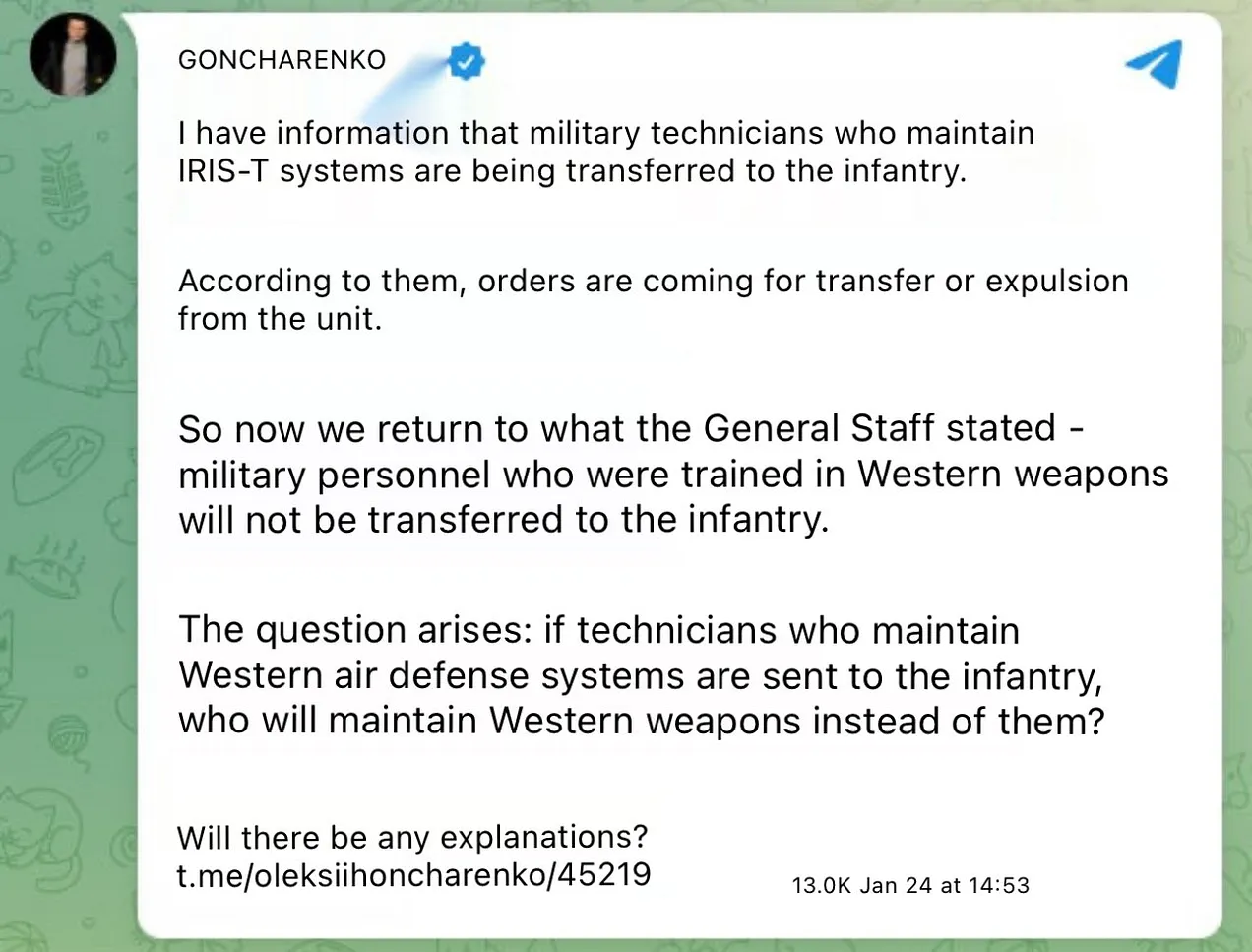
This was followed by reports even a Lvov military band is being press-ganged:
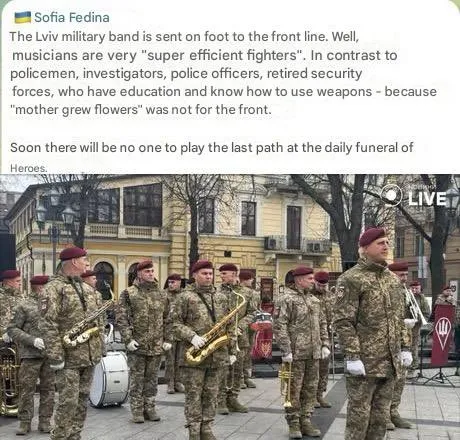
A new British Times piece summarizes all of these issues:
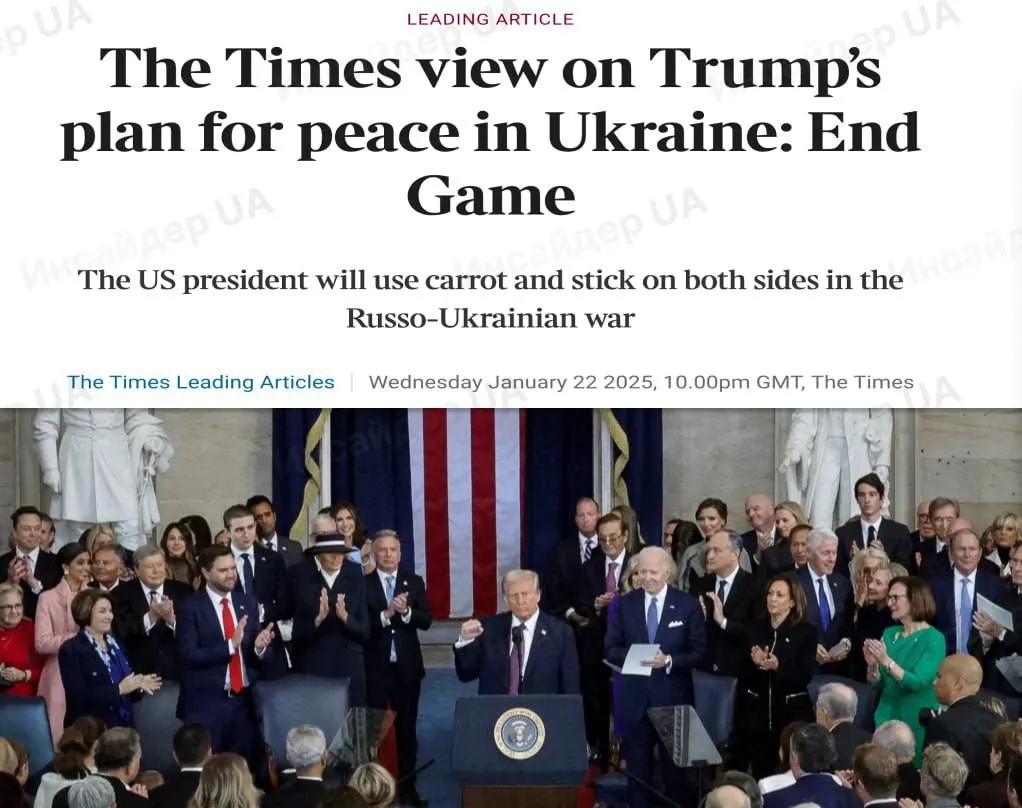
https://www.thetimes.com/article/dee8f4 ... 4c673ed4ed
It notes:
More US weapons would be welcome in Kyiv, which has complained about the West’s grudging approach to military aid. However, that promise is accompanied by a US demand that Ukraine extend conscription to include men aged 18 to 25. For President Zelensky that would cross a red line. He has protected his country’s youngest men from a conflict that is draining its limited manpower. Draft dodging is rife as war-weariness takes hold. Extending the call-up could be politically fatal.
As a further demonstration of Ukraine’s loss disparity, another exchange of dead bodies has occurred with a reported 49 Russian bodies to a jaw-dropping 757 Ukrainian ones:
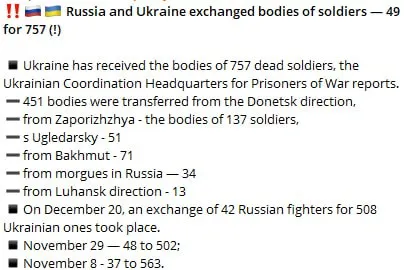
You’ll recall I previously deep-dived these exchange reports here, proving they are real and even recorded in Ukrainian sources.
Last time the ratio ended up at:
Russian losses: 331
Ukrainian losses: 2,790
Ratio: 8.43 to 1
With the new numbers, we are at:
Russian losses: 380
Ukrainian losses: 3,547
Ratio: 9.34 to 1
That’s almost a 10:1 kill ratio.
This is interesting given the new NYT article:
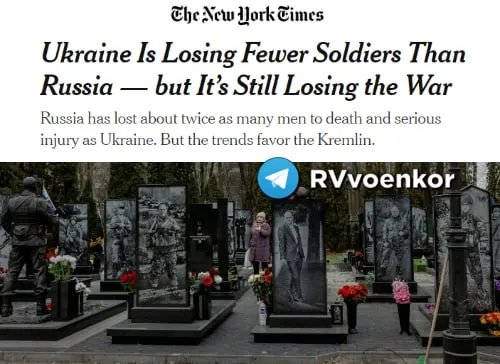
https://archive.ph/9ARej
Which reveals:
Calculating the scale of the casualties, and therefore the war’s trajectory, is difficult: The information is a state secret in both countries. The Ukrainian government has been especially secretive, restricting access to demographic data that could be used to estimate its losses.
Western intelligence agencies have been reluctant to disclose their internal calculations of Ukrainian casualties for fear of undermining an ally. American officials have previously said that Kyiv withholds this information from even the closest allies.
The most hilarious part of the article states that Russia is suffering higher losses than Ukraine, but the gap in manpower between the two continues to rise, with Ukraine “only having 250,000 men on the frontline”, and Russia 400,000+. How can the side which is taking much higher losses possibly be pushing the manpower gap further in its favor? Well, according to the Times’ sophistic calculations it merely comes down to Russia’s higher recruiting power—sure. If Ukraine was winning and morale was high, it wouldn’t be suffering a recruitment crisis. But Ukraine is losing—why? Because it’s taking far higher losses; logic prevails.
<snip>
A last important article alarmingly laments that Kiev has lost its major drone advantage:
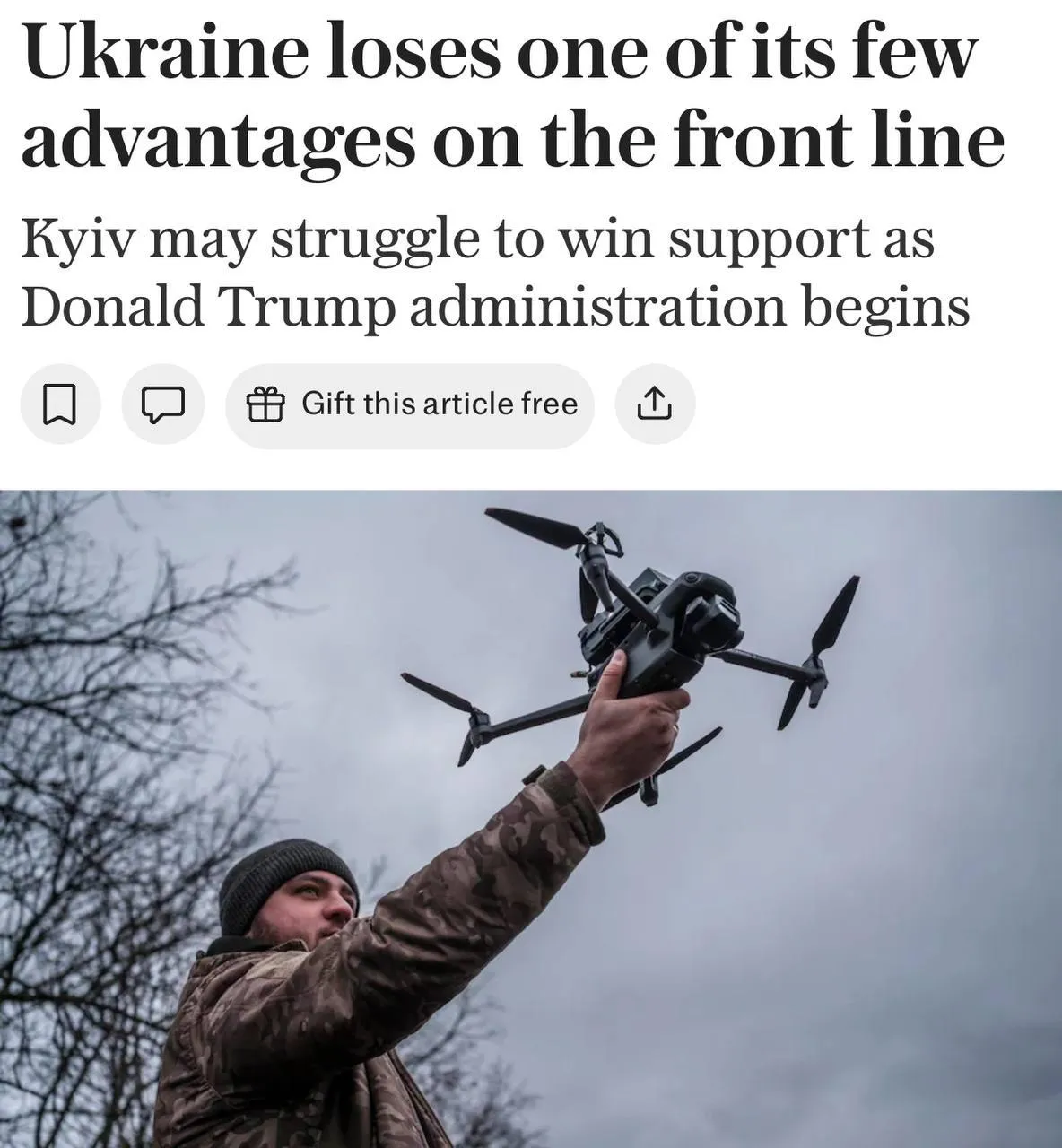
https://www.yahoo.com/news/trump-assume ... 47097.html
It says Russia has been jamming their drones with increasing effectiveness. What’s interesting about that is how it ties into the recent screed penned by a Ukrainian officer, which lambasts Ukraine’s fatal over-reliance on drone tech, and how it has gradually eroded the importance and value of regular grunt infantry, which are now treated as second class soldiers:
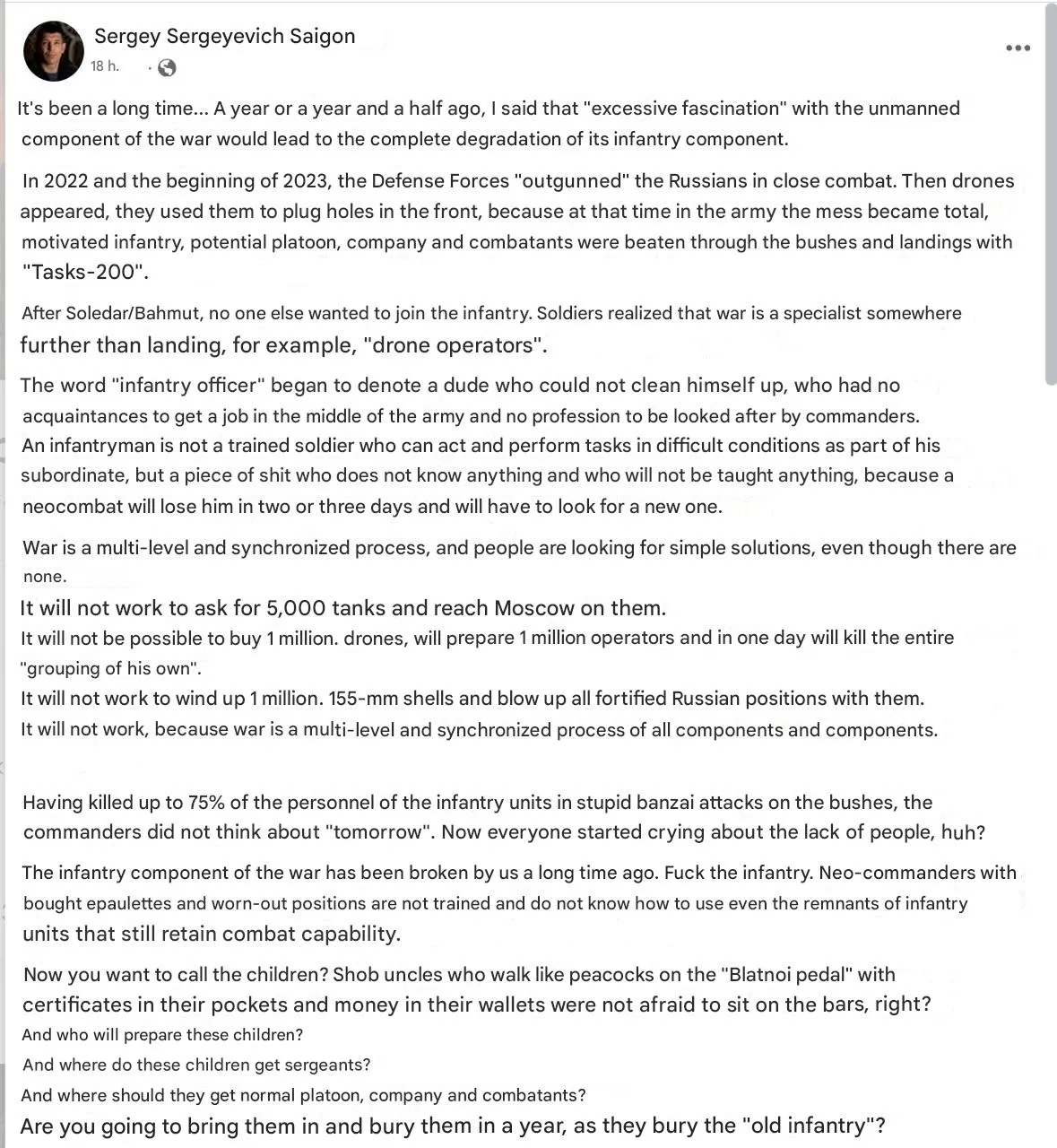
(More at link.)
https://simplicius76.substack.com/p/tru ... ussia-with
*******
Twenty years on… how the U.S.-backed Orange Revolution set Ukraine on the path to war with Russia
January 24, 2025
The resource of history is there to help resolve the Ukrainian conflict. Are Trump and his aides prepared to learn and act accordingly?
U.S. President Donald Trump was inaugurated this week for a second non-consecutive term in the White House, and among a whirlwind of executive orders, he highlighted that ending the conflict in Ukraine would be a priority for his administration.
He may not achieve a resolution within 24 hours as he had promised during his election campaign, but he is showing a welcome preparedness to try.
Fair play to Trump. At least, he is willing to engage diplomatically with Russia – unlike his predecessor, Joe Biden, and Democrat presidential contender Kamala Harris. The Biden administration recklessly escalated the war in Ukraine to the point where a disastrous nuclear confrontation with Russia was greatly at risk. Unlike the Washington establishment, Trump is not encumbered with an insulting attitude toward Russian President Vladimir Putin or the Russian people.
However, if Trump is serious about ending the three-year war in Ukraine, then his administration will need to show an understanding of the roots of the conflict. Admittedly, such an understanding might be a big ask given the type of hawkish figures in Trump’s cabinet and the abundance of historically illiterate Russophobes in Washington.
This week marked another presidential inauguration. Twenty years ago, on January 23, 2005, Viktor Yushchenko became president of Ukraine on the back of the U.S.-sponsored Orange Revolution. This article by Odessa-born journalist Petr Lavrenin provides a detailed overview of the events and sinister consequences. Consequences that led to the present conflict in Ukraine and the potentially catastrophic tensions between the United States and Russia.
That Ukrainian election two decades ago was just one of several so-called color revolutions in the former Soviet Union countries where U.S. finance and intelligence were deployed covertly to win elections for pro-Western parties, thereby making trouble for neighboring Russia.
Ukraine was always a prized target for U.S. imperialism to turn it into a cat’s paw against Russia, as Cold War strategists like Zbigniew Brzezinski had keenly recommended.
The forerunner of events in Ukraine was the Rose Revolution in 2003 in Georgia. The Western-backed candidate Mikhail Saakashvili won power and immediately oriented the former Soviet republic towards the European Union and NATO. That color revolution is still playing out today where Western-backed opposition parties are contesting the election of the Georgian Dream party at the end of last year, whose victory was based on a platform of seeking friendlier relations with Russia.
In a similar pattern of foreign interference, the Ukrainian presidential election in 2004 was won by pro-Russian candidate Viktor Yanukovich. The result was thrown into controversy by the U.S.-backed Orange Revolution mobilized to support rival Viktor Yushchenko. Purportedly, civic society groups financed by U.S. American International Development (USAID, a well-known front for CIA funding) and billionaire pro-Western investor George Soros pitched tents and occupied government buildings in Kiev until the Western-backed candidate Yushchenko won the day through public disturbances and a subsequent election run-off. There is a clear echo of the tactics in Georgia today to overturn the election of the Dream party.
As Lavrenin’s article makes clear, the inauguration of Yushchenko was a fateful turning point for Ukraine. The new president emerged to be something of an imposter, implementing controversial policies that were divisive and inflammatory. The former central banker promptly turned the country into an enemy of Russia. He shed his previous image of a moderate and unifier to embark on policies of polarizing and alienating large sections of Ukrainian society. (Echoes of incumbent expired president Zelensky who reneged on his peace campaign after his election in 2019.)
With Yushchenko’s dubious rise to power, there then followed a years-long program of repressing Russian culture and language, glorifying Nazi collaborators, and orientating Ukraine for NATO and EU membership.
Yushchenko’s policies caused his popularity to plummet. He eventually lost the presidential election in 2010 to his former rival Viktor Yanukovich.
However, the radical nationalist politics, rehabilitation of Nazi elements and Russophobia that Yushchenko had unleashed would surge again in 2014 in the guise of the Maidan Revolution to violently overthrow the Yanukovich government. Yanukovich had slowed the dynamic towards NATO and EU membership and sought a more balanced relationship with Moscow.
The 2014 CIA-backed coup brought to power Petro Poroshenko (a former member of the Yushchenko government) and subsequently the former comedian Vladimir Zelensky. Poroshenko and Zelensky reinforced the policies of suppressing Russian cultural identity and turning the country into a NeoNazi staging post for NATO hostility towards Russia. The hostility buried peace initiatives like the Minsk Accords that Moscow had endorsed in 2014 and 2015.
The path to proxy war against Russia can be traced back to the Orange Revolution that the CIA had engineered in 2004, resulting in the inauguration of Viktor Yushchenko 20 years ago this week.
As Lavrenin writes: “By the time of the 2010 presidential election, Ukraine was deeply divided on cultural, linguistic, and national issues. A ticking time bomb had been set into motion back in 2004 when Yushchenko’s team chose to support radical nationalists and Neo-Nazis. This strategy granted him a tactical victory but ultimately led the country to a strategic defeat.”
One would think that President Trump should have an open mind about the nefarious interference in elections by the U.S. intelligence apparatus and Washington’s deep-state forces. After all, he has repeatedly complained that his own election campaigns in 2016, 2020 and 2024 were actively opposed by deep-state enemies. If these forces are capable of sabotaging U.S. elections, what more would they do in foreign nations?
This week, Trump also said he would release all classified state papers related to the assassinations of President John F Kennedy in 1963, the latter’s brother and former presidential candidate Robert F Kennedy, and civil rights campaigner Martin Luther King, both in 1968. The implication is that Trump is aware that U.S. deep-state actors were involved in these killings.
Thus, Trump seems to have an open mind about the sinister culpability of the U.S. political establishment in foreign and domestic matters.
If he genuinely wants to resolve the conflict in Ukraine and create a lasting peace with Russia, then Trump and the best of his advisors can study the documented history leading up to the war. He might then appreciate that Russia’s criticism of NATO expansionism and its destabilization of Ukraine is entirely valid and must be remedied.
For a robust peace to succeed, it must be based on an equally robust premise of justice, honesty, and respect.
Trump can also avail of independent-minded diplomats like former U.S. ambassadors Jack Matlock and Chas Freeman and scholars like Professor John Mearsheimer, among others, who all deplored the baleful policy of NATO expansionism in general and through Ukraine in particular as a recipe for conflict with Russia.
The resource of history is there to help resolve this and other conflicts. The question is: are Trump and his aides prepared to learn and act accordingly?
In the coming months, it will become clear if Trump can assert a more diplomatic policy for peace with Russia or if he is just another tool of American imperialism that is irrevocably wired for war against Russia – and any other perceived rival.
https://strategic-culture.su/news/2025/ ... th-russia/
Mr Trump didn't go to Washington to learn. He already knows it all, summed up as 'America 1st'. Trainwreck commin'...
******
Brief report from the front, January 25, 2025
The enemy cannot contain the advance of the Russian Armed Forces even with the involvement of reserves. Report by Marat Khairullin with illustrations by Mikhail Popov.
Zinderneuf
Jan 25, 2025
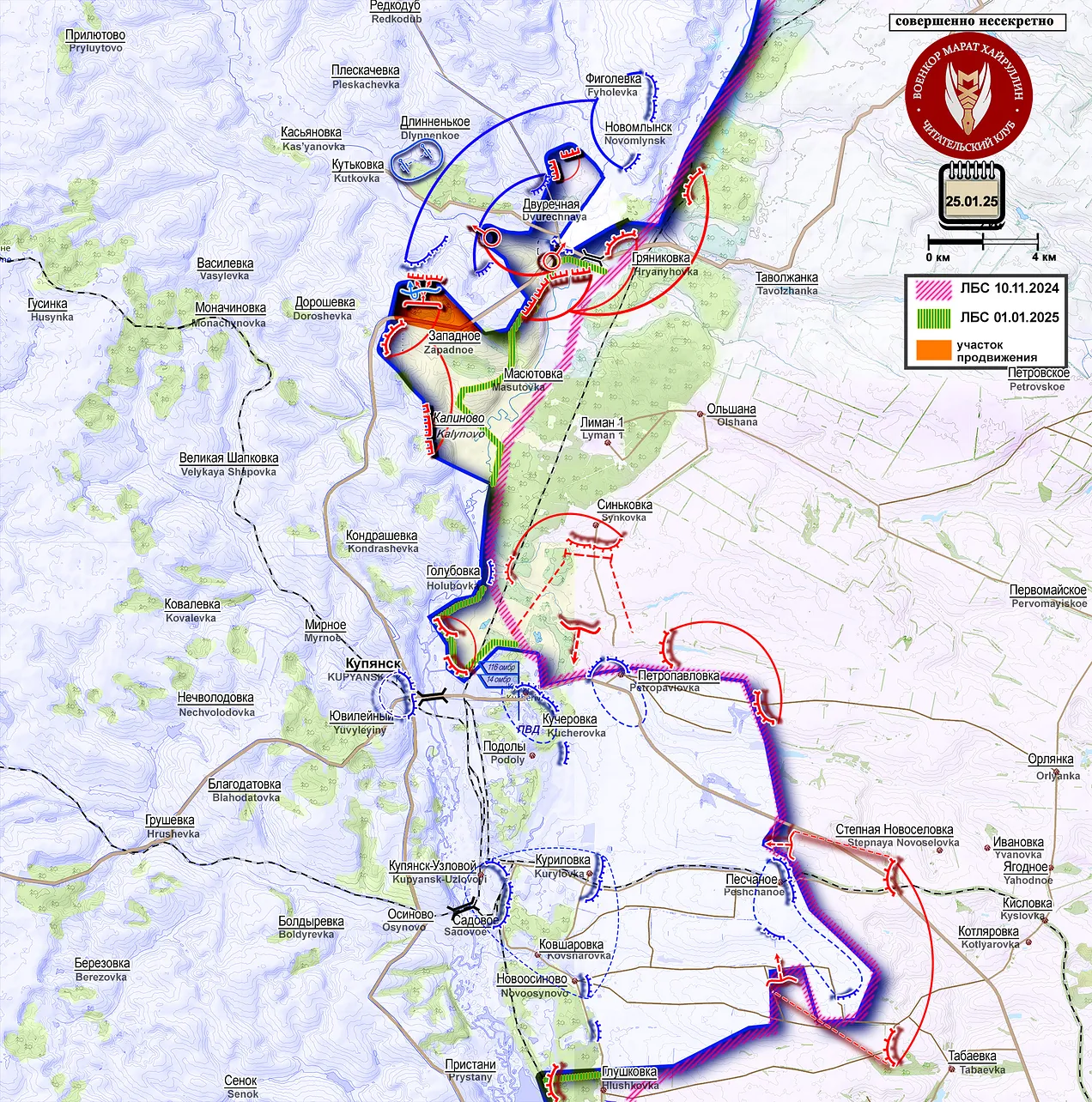
ЛБС 10.11.24=Line of Combat Contact November 10th, 2024. ЛБС 01.01.25=Line of Combat Contact January 1st, 2025. Участок Продвижения=Area of Advancement.
Russian troops continue to expand the territory of the bridgehead on the right bank of the Oskol River. After the liberation of the settlement of Zapadnoe, assault detachments of the Russian Armed Forces began to advance in the direction of the settlement of Kutkovka, having secured a position north of the P79 highway, which runs from the settlement of Dvurechnaya (Dvorichna) to Kupyansk and further to Borovaya (Borova) and Izyum. There are reports that movement is also going in the direction of the settlement of Doroshovka. Our military is advancing despite stubborn resistance from the enemy, who has transferred reserves from the Sumy region to the area.
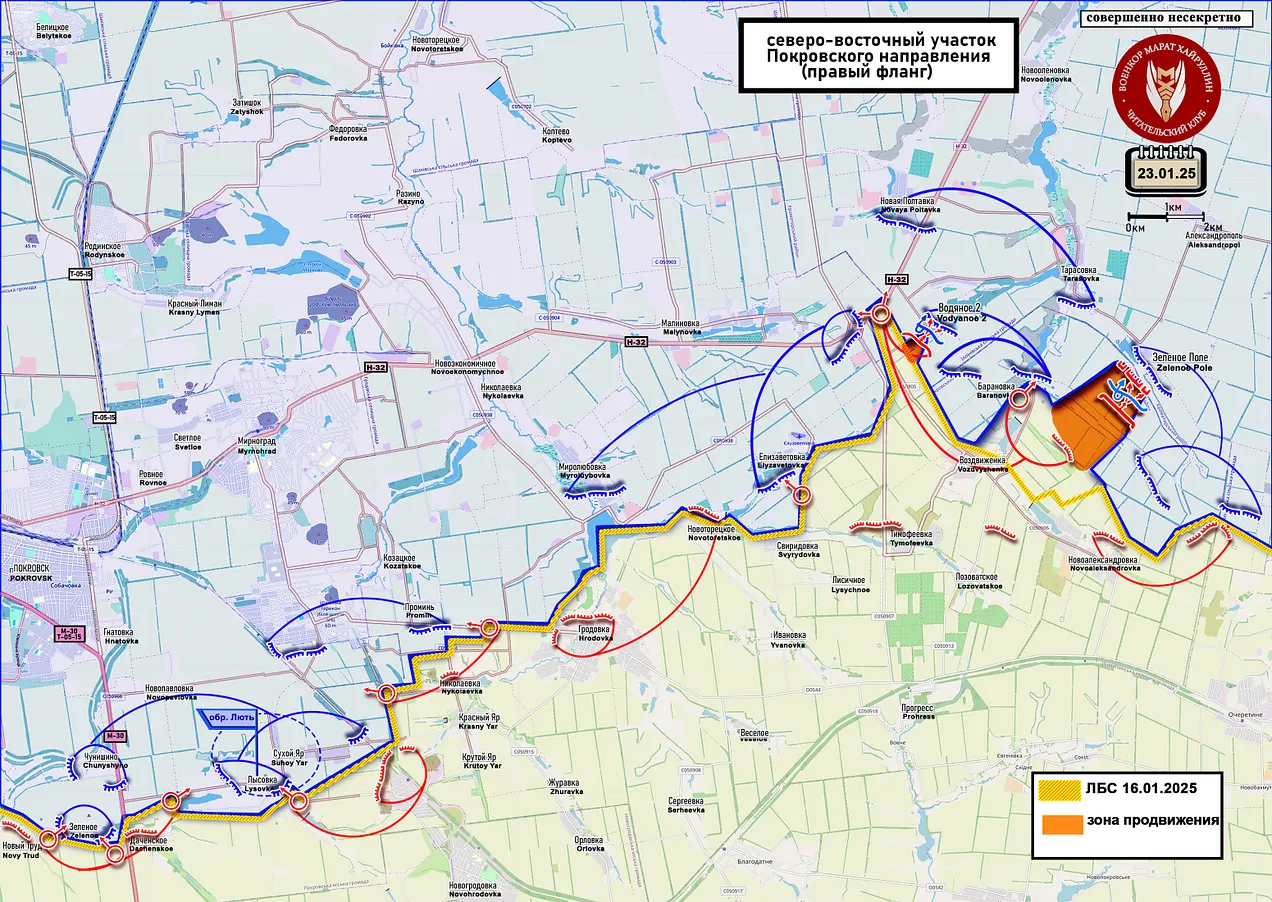
ЛБС 16.01.2025=Line of Combat Contact January 16th, 2025. Зона Продвижения=Zone of advancement.
In the Pokrovsk area, units of the Russian Armed Forces are attempting to gain a foothold in the area of road N32 (Pokrovsk-Konstantinovka) east of the interchange. In order to delay the advance from our side, the enemy blew up the overpass, thus creating rubble. On the other hand, this indicates that he could no longer use it as a protected position due to the proximity of combat clashes.
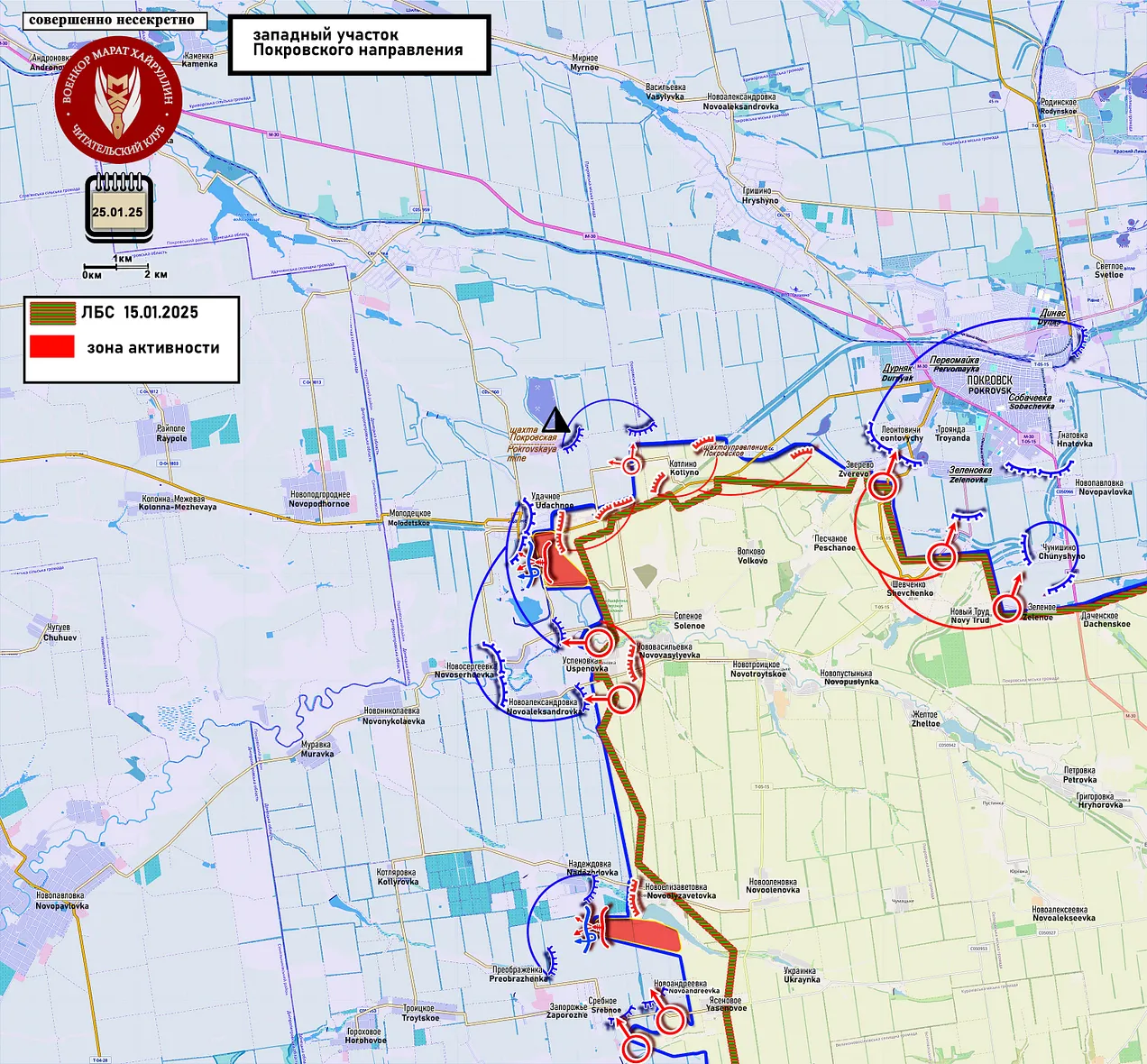
ЛБС 15.01.2025=Line of Combat Contact January 15th, 2025. Зона Активности=Zone of activity.
On the left flank of the Pokrovsk area, after securing the territory of the agricultural farm and ventilation shaft in the area of the settlement of Kotlino (Kotlyne), the fighters of our units began to probe the enemy's defense, conducting attacks not only in the direction of the Pokrovskaya mine, but also in the direction of the E 50 highway (Pavlograd-Pokrovsk, colored in Pink).
In the settlement of Udachnoe, the enemy is gradually being pushed through the territory of the settlement from the east. At the same time, our forces are trying to bypass it, expanding the control zone south of the road in order to exert pressure on the enemy in Udachnoe on the largest possible area, stretching out its forces.
In the Novoandreevka area (the southern part of which was already under our control), assault troops advanced along the ravine north of it and, putting pressure on the enemy from two sides simultaneously, drove them out of the settlement. Active clashes are taking place in the vicinity of the neighboring settlement of Srebnoe (Sribne). West of Petropavlovka, our units continue to move towards the Pokrovsk-Andreevka road, attacking the enemy dug in at their strong points.
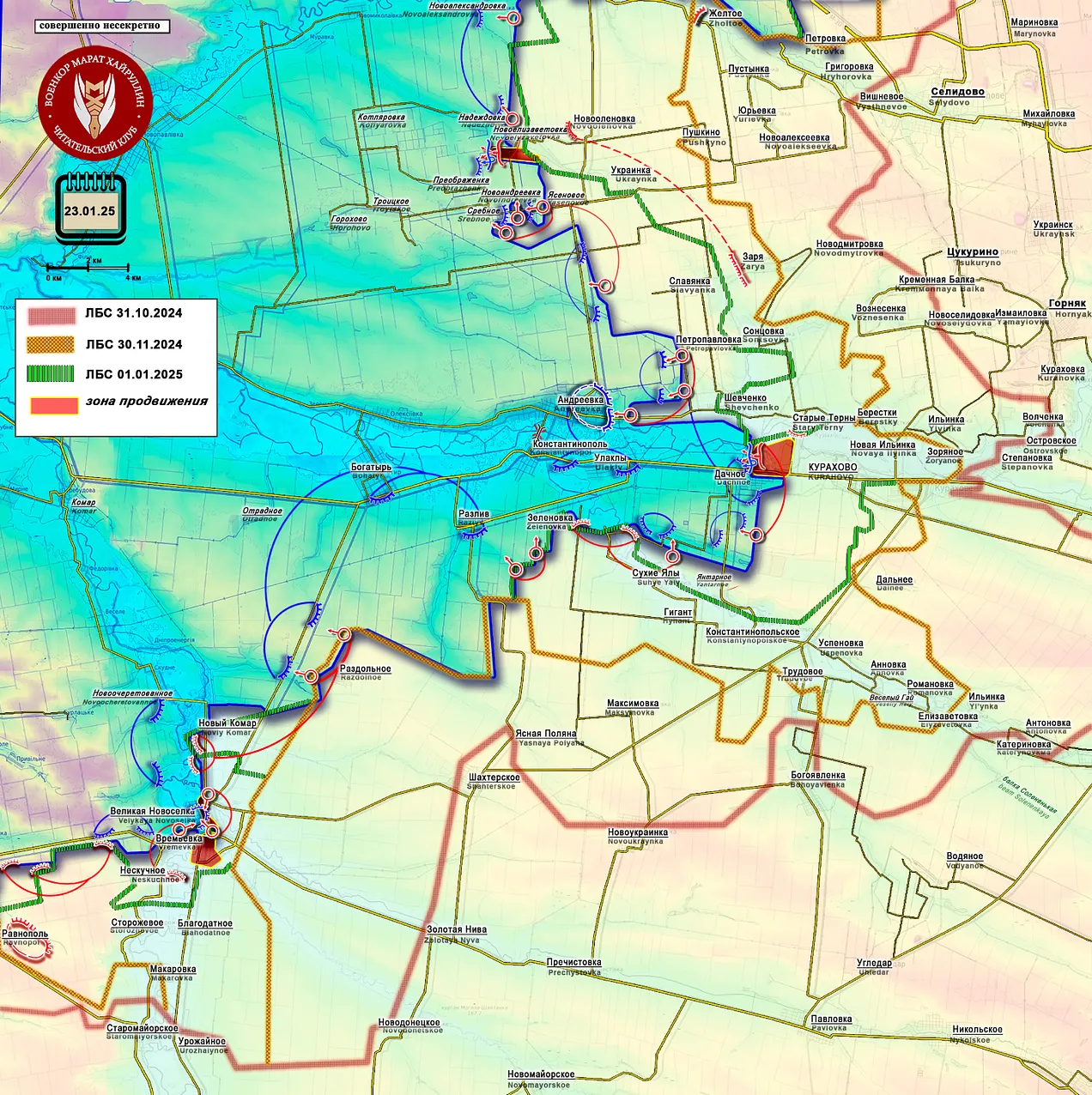
ЛБС 31.10.2024=Line of Combat Contact October 31st, 2024. ЛБС 30.11.2024=Line of Combat Contact November 30th, 2024. ЛБС 01.01.2025=Line of Combat Contact January 1st, 2025. Зона Продвижения=Zone of advancement.
The Kurakhovsky pocket continues to shrink. Our armed forces have entered the settlement of Dachnoe and are advancing in its northern part. At the same time, the Ukrainian Armed Forces are under strong pressure from the east and southeast. The enemy is being pushed back further and further in the southern part of the pocket (north of the settlement of Sukhie Yaly), where our forces have already consolidated their positions along the ravine that runs west of the settling ponds. The enemy has a strip of land in the fields that is open to fire from our side.
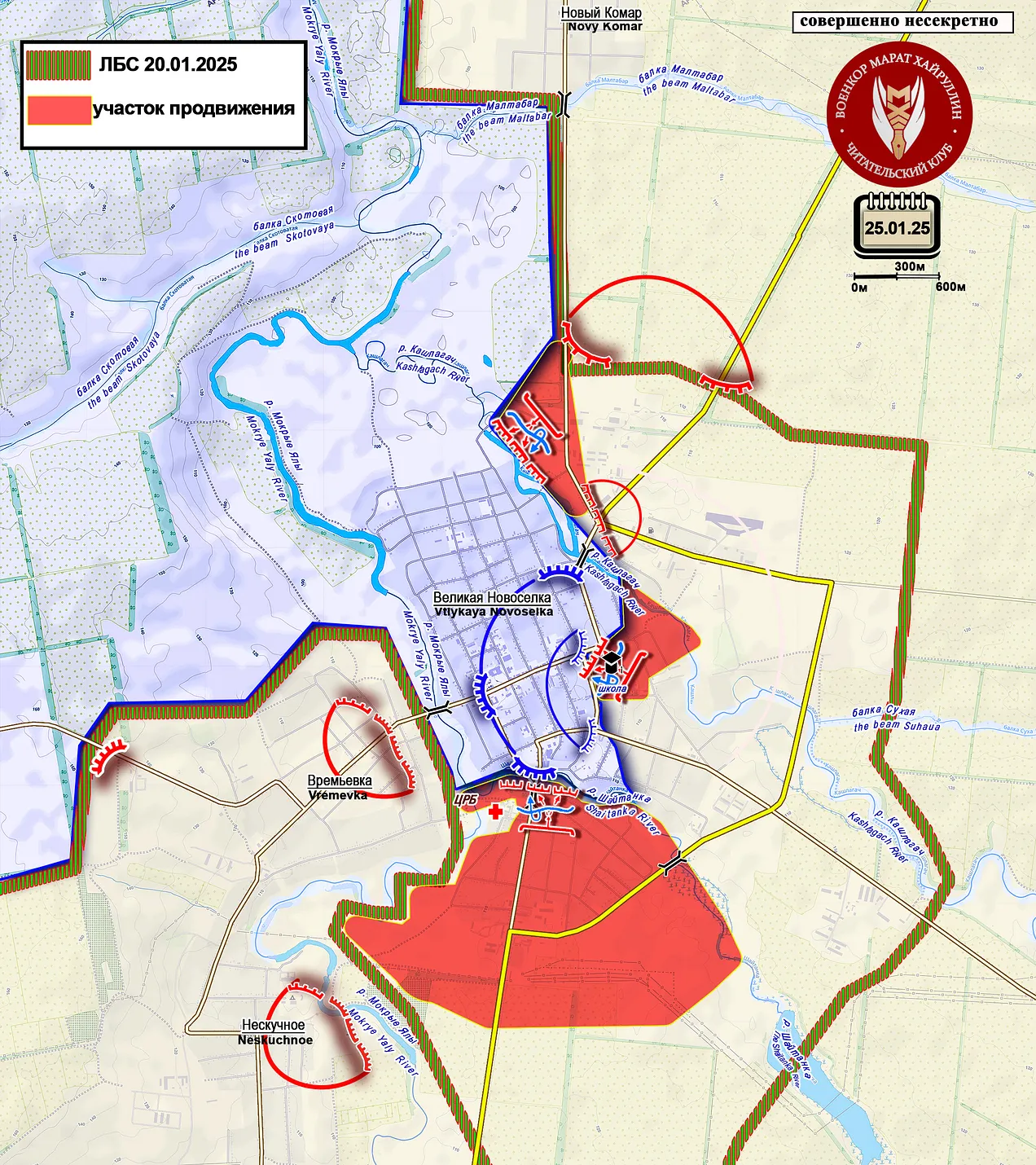
ЛБС 20.01.2025=Line of Combat Contact January 20th, 2025. Участок Продвижения=Area of Advancement.
In Velikaya Novosyolka (Velikaya Novosyolka), its southern part came under the control of our units. The fighters installed a flag in the hospital area not far from the bridge (or rather the crossing over its remains). In the central part of the village, the area around the school and stadium has been cleared of the enemy. The fighting has shifted to the Mokrye Yaly River and to the northwest of the settlement. At the same time, the enemy was driven completely out of the area of Velikaya Novosyolka north of the Kashlagach River.
https://maratkhairullin.substack.com/p/ ... anuary-6d9
******
Aleksandro-Kalinovskoe direction: advance of the Russian Armed Forces in Dzerzhinsk and fighting in Shcherbinovka
January 25, 2025
Rybar
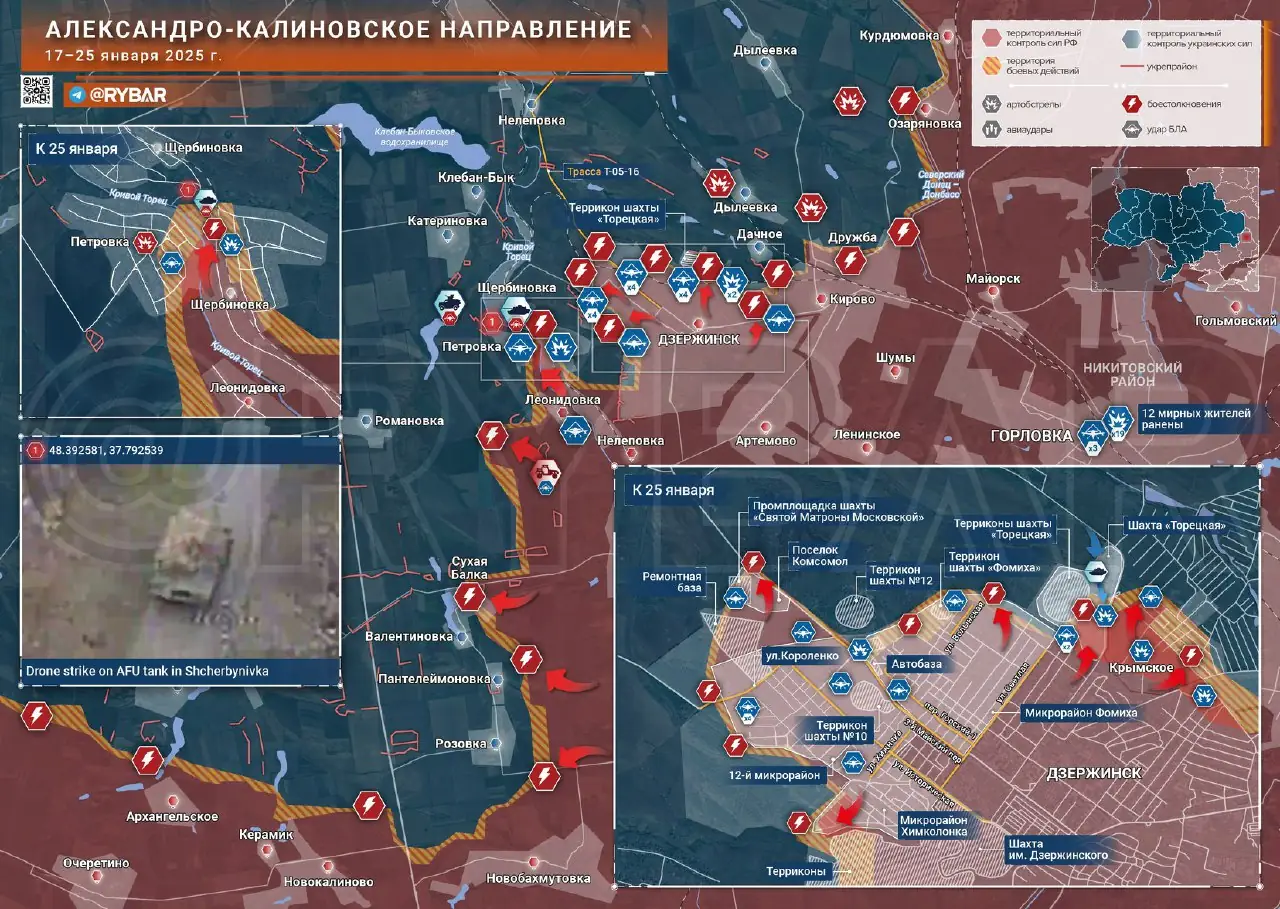
In the Aleksandro-Kalinovsky direction, Russian troops continue to destroy pockets of resistance to the Ukrainian Armed Forces in Dzerzhinsk. At the moment, battles are being fought for control over the Toretskaya mine , which is already half controlled by the Russian Armed Forces.
Also during the week, evidence was received confirming significant success in the village of Krymskoye , located near the mine and closely adjacent to the development of Dzerzhinsk . In fact, the enemy remained to be driven out of only a few streets of the village.
In the western part of the city, the Russian Armed Forces have completely occupied the Khimkolonka microdistrict , but the waste heaps are still partially under the control of the Ukrainian Armed Forces. In neighboring Shcherbinovka, the assault forces are gradually expanding their control zone in the northern direction.
At the same time, the civilian population of Gorlovka suffers greatly from enemy shelling and drone strikes . The enemy constantly attacks buses and cars of civilians, and as the complete liberation of Dzerzhinsk approaches, the intensity of artillery shelling increases.
https://rybar.ru/aleksandro-kalinovskoe ... erbinovke/
Liman direction: successes in the Makeyevka area and repelling attacks by the Ukrainian Armed Forces near Ivanovka
January 25, 2025
Rybar

In the Liman direction, in the last two weeks, Russian troops have managed to expand the bridgehead on the right bank of the Zherebets River in the Makeyevka area, occupying a forest belt on the approaches to the dominant height 185.3 and driving the enemy out of the fortified area to the north.
In Terny, fighting is taking place on the southern outskirts, where the Ukrainian Armed Forces are using armored vehicles to shell Russian positions. Russian troops continue to attack in the direction of Kolodezi from Ivanovka on the right bank of the Zherebets .
In this area, the Russian Armed Forces have recently managed to advance several kilometers in a westerly direction, repelling at least four attacks by Ukrainian forces in the direction of Ivanovka .
In the Serebryanskoye forestry, Russian troops some time ago occupied several strongholds west of Dibrova - this is evidenced by published footage from the scene.
https://rybar.ru/limanskoe-napravlenie- ... ivanovkoj/
Google Translator
*****
First F-16 spotted on the front
January 25, 21:02

F-16s fly in the Zaporizhia direction
Last week, two flights of F-16 fighters were recorded in the south of the Ukrainian-occupied territory of Zaporizhia Oblast. The planes flew in the direction of Polohivskyi district, turned around and flew back.
The exact takeoff area is unknown. However, there are only a few airfields capable of accommodating F-16s. Most likely, the route was as follows: the F-16s flew in advance from Poland to an airfield in Ivano-Frankivsk or Lutsk.
From there, they could have moved to Ozerny in Zhytomyr Oblast or Vasylkiv in Kyiv Oblast. Vasylkiv, by the way, is one of the first airfields modernized for American aircraft.
From there, they could easily fly to Zaporizhia and Dnipropetrovsk Oblasts, practice flight routes, the use of several jump bases and simulated strikes on Russian cities.
Until now, F-16s were rarely seen in eastern Ukraine. Previously, they were regularly recorded in Western Ukraine, occasionally flying into the Mirgorod area. Last week, they were operating in Zaporizhia.
And, most likely, these were training flights to practice the scenario of their use in combat. Since the transfer of the fighters, they have not been used for their intended purpose. And now the question is: why did they appear now?
https://t.me/rusich_army - zinc
The recent strikes on Vasilkov are, among other things, a hunt for F-16s, but so far only 1 Polish MiG-29 has been caught there (the machine received significant damage)
https://colonelcassad.livejournal.com/9632223.html
On marksmanship training for combating UAVs
January 25, 19:15

On marksmanship training for combating UAVs
Our fighters were visited by the champion of Russia, master of sports in practical rifle shooting - Anna Taranosova ( https://t.me/saiganarus)!
(Videos at link.)
Despite the workload of our guys, we allocated time for them to practice shooting and develop skills in working with a 12-gauge shotgun. The guys from the squads "Timso ( https://t.me/SpNAhmatTimso) ", "Aid ( https://t.me/iamsniper) ", "Taliban ( https://t.me/+SKcdZxpPoZozOGIy) " of the Russian Guard, related units of the Ministry of Defense worked.
These skills will be useful not only during combat missions, but also in the fight against FPV drones, which are becoming more common on the battlefield.
Working with a drone requires quick reaction and accuracy, and the ability to shoot a gun significantly increases the chances of success. Organizer of training "Lynya ( https://t.me/Lunay14) "
https://t.me/SpNAhmatTimso/53 - zinc
1. Firstly, we immediately see a healthy athlete, not a neutral lover of white flags. Appreciate athletes with a civic position.
2. Secondly, training personnel to shoot at drones seems to be a more promising form of training an infantryman than recommendations to play "naval figure freeze" in the expectation that the drone operator will not notice the fighter.
3. Of course, this requires not only additional marksmanship training, but also an increase in the supply of 12-gauge rifles to the army, which is objectively lacking.
4. Of course, it is best when there is working electronic warfare, but electronic warfare is not always available, and with the development of fiber-optic drones (and in the future with machine vision), electronic warfare will not be able to protect a soldier in any way - only himself and his comrades.
5. It is also necessary to think through the tactics of small air defense and mobile air defense groups. Because shooting at drones increases the chances of survival, but does not look like a full-fledged solution to the existing problem of insufficient tactical air defense in the fight against small drones.
https://t.me/boris_rozhin/152425 - zinc
https://colonelcassad.livejournal.com/9631815.html
Google Translator



